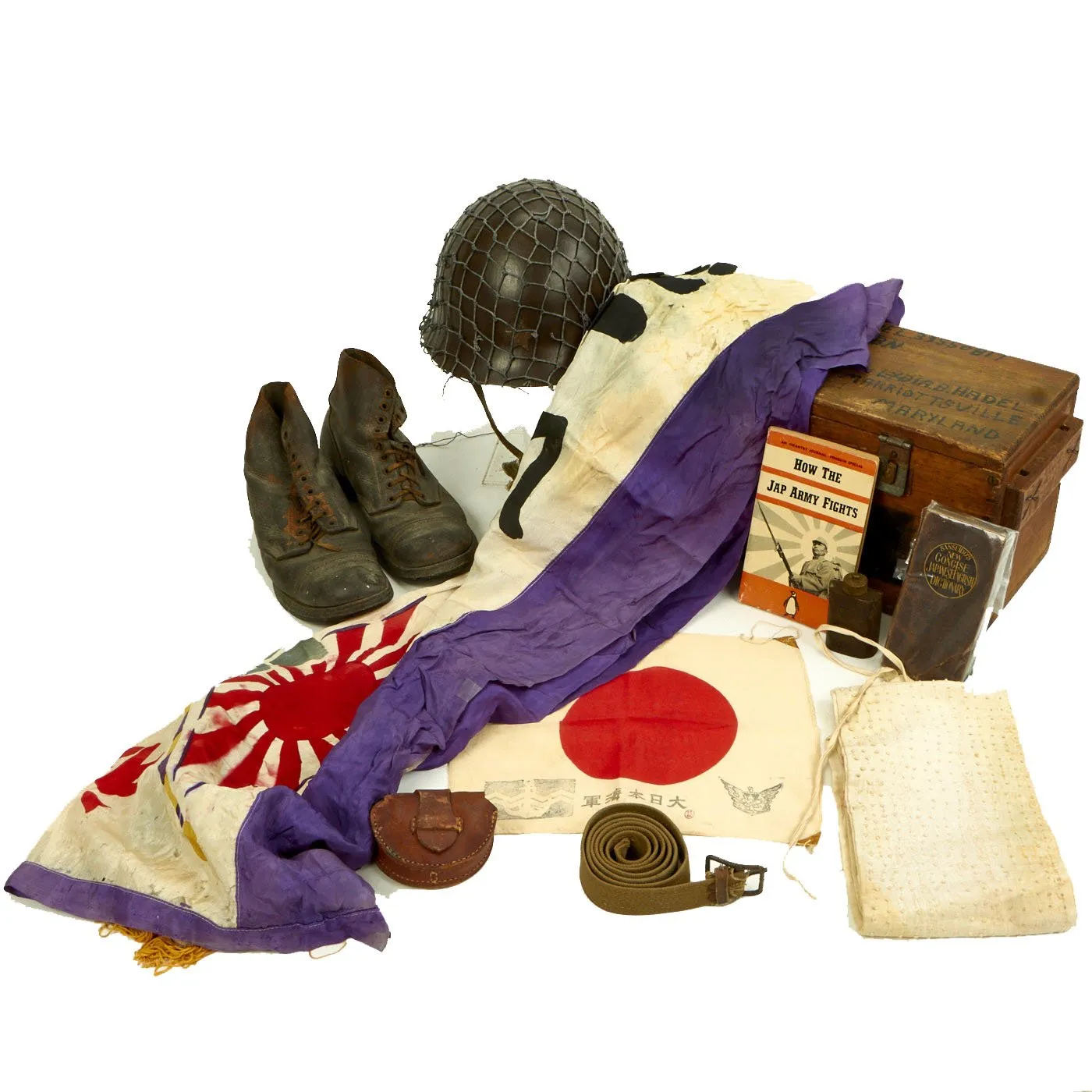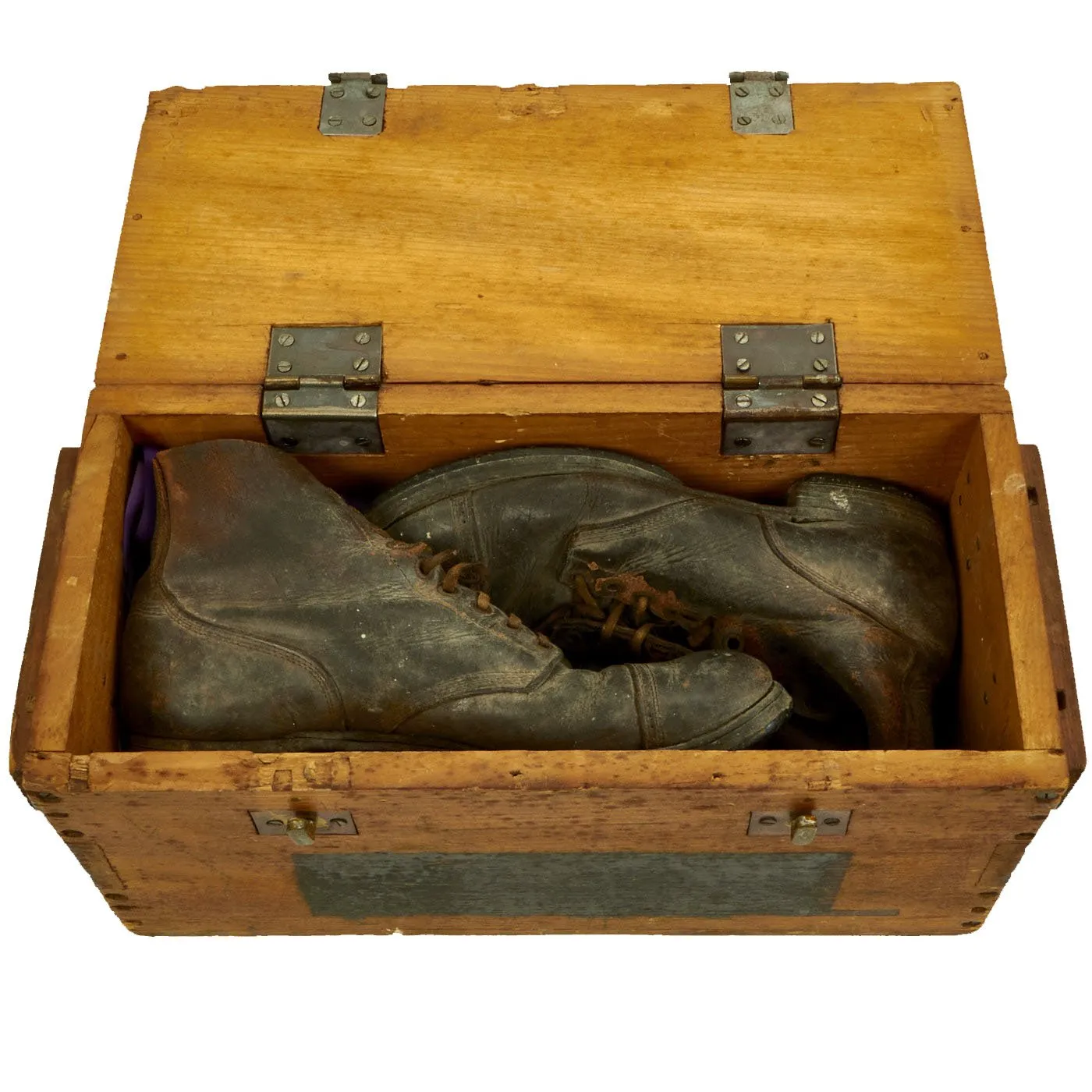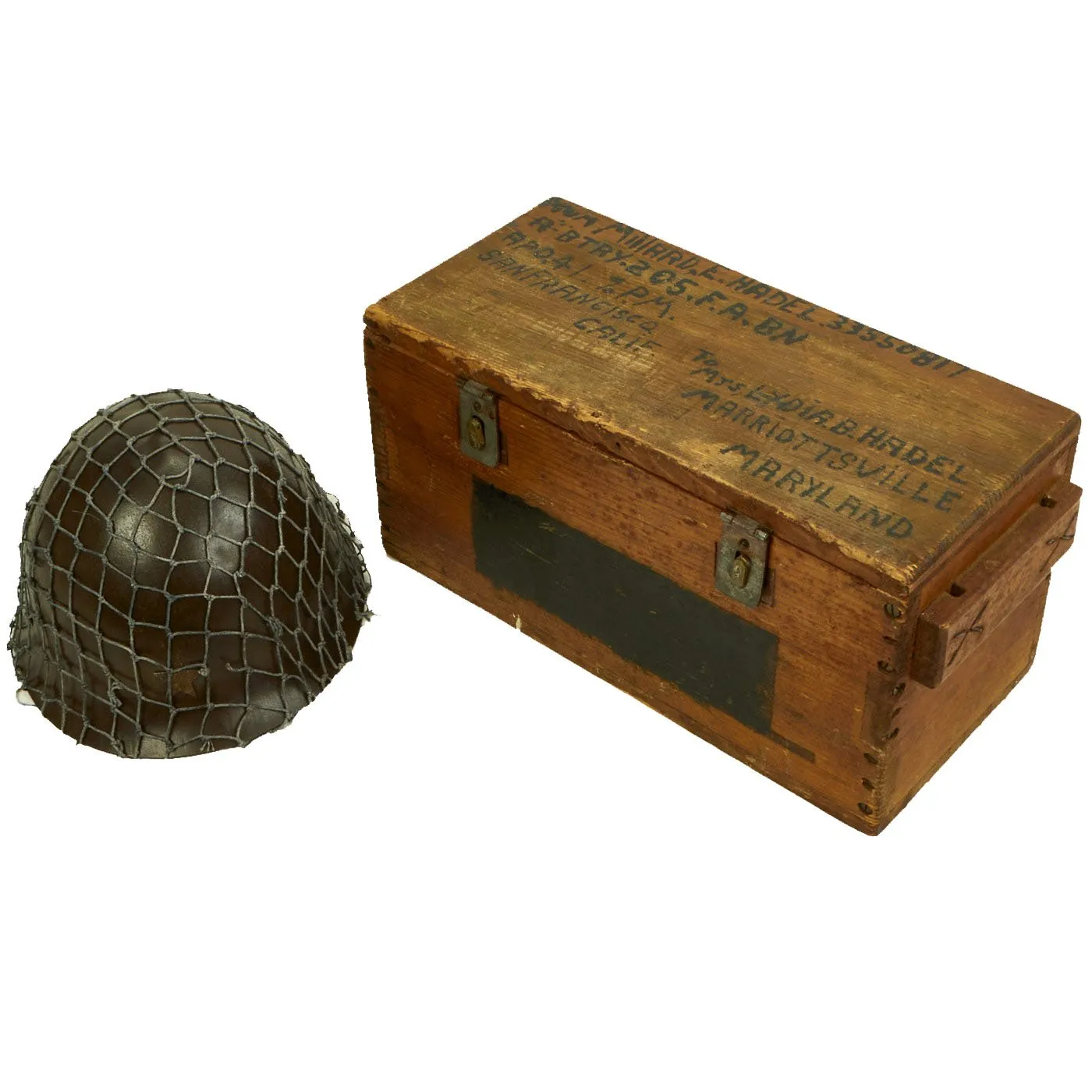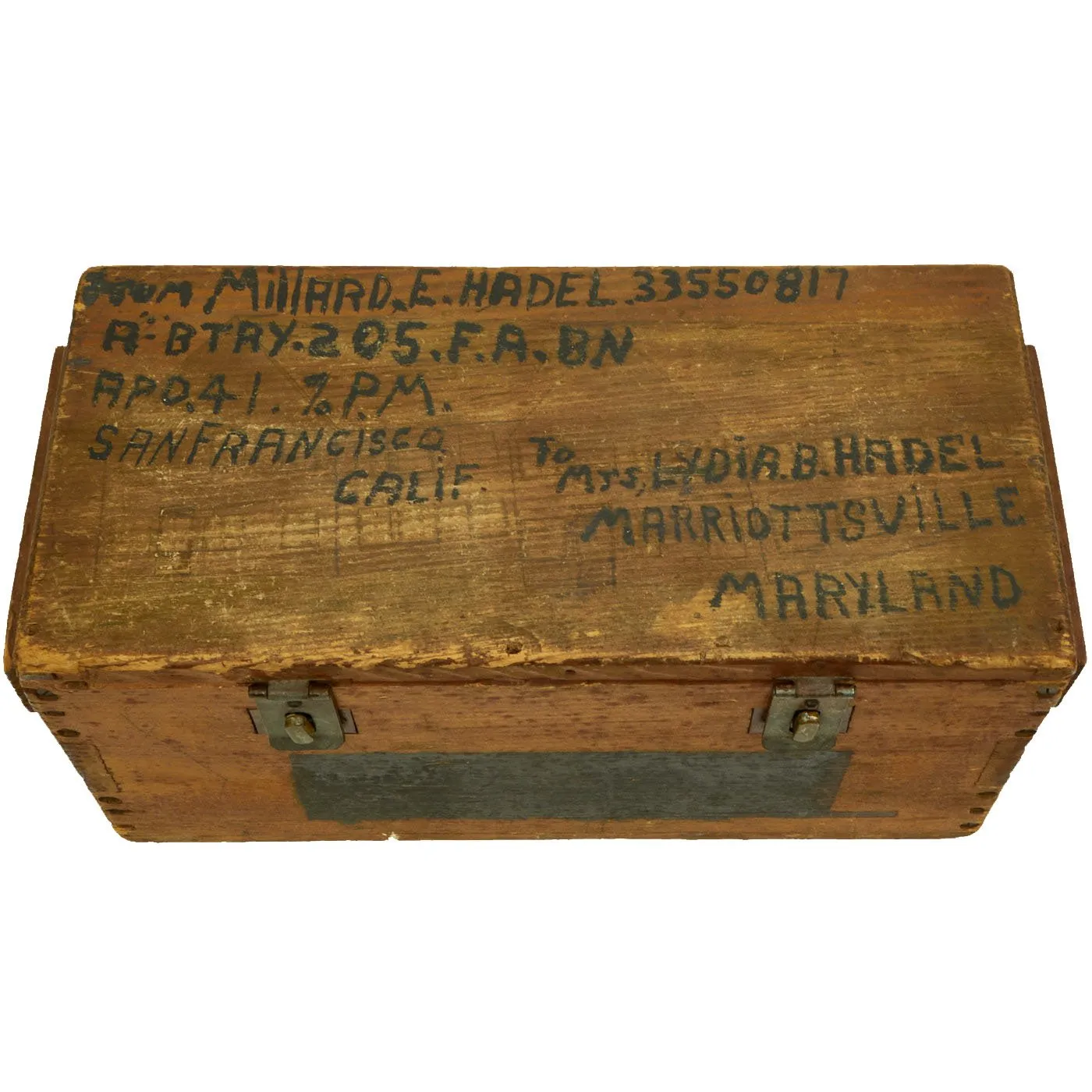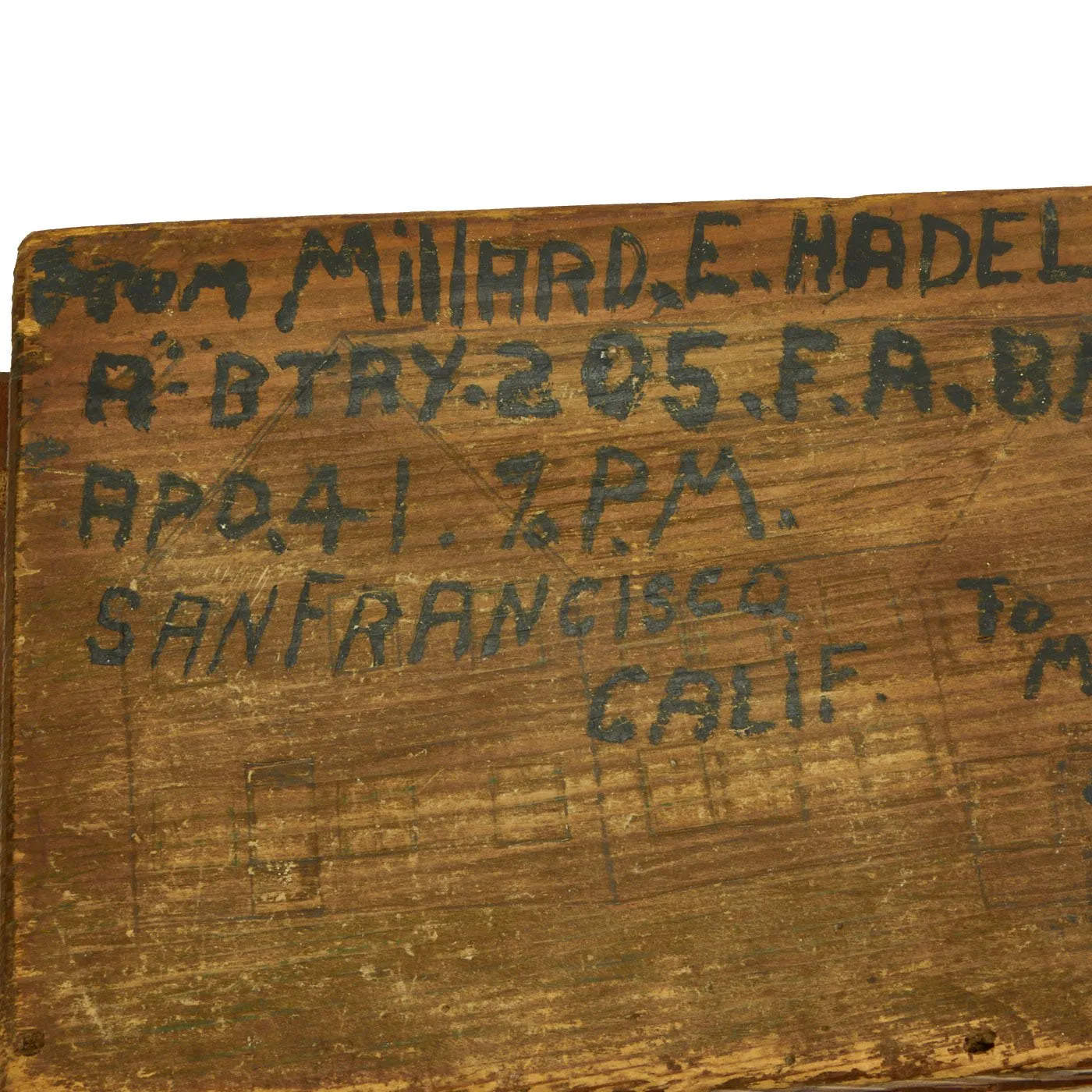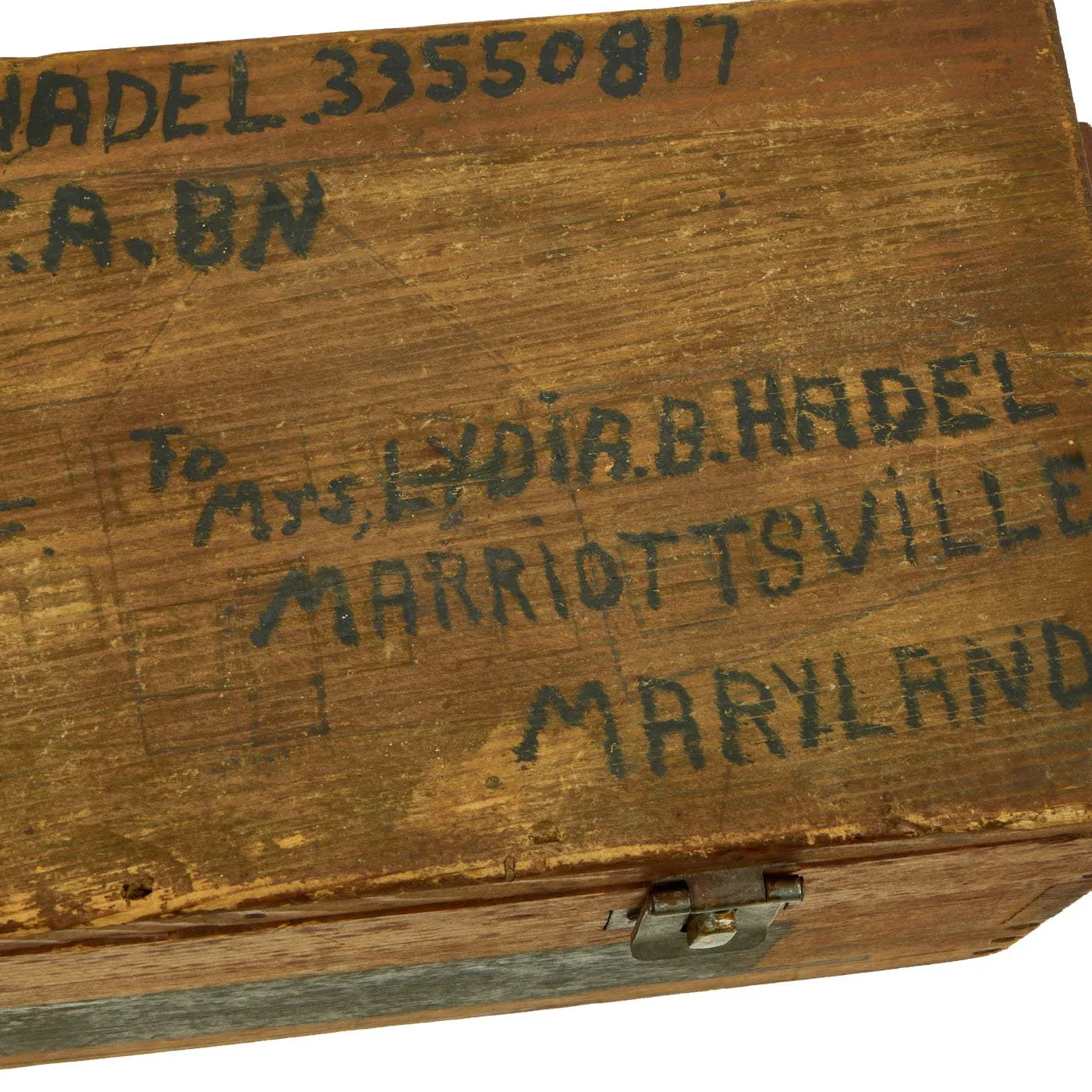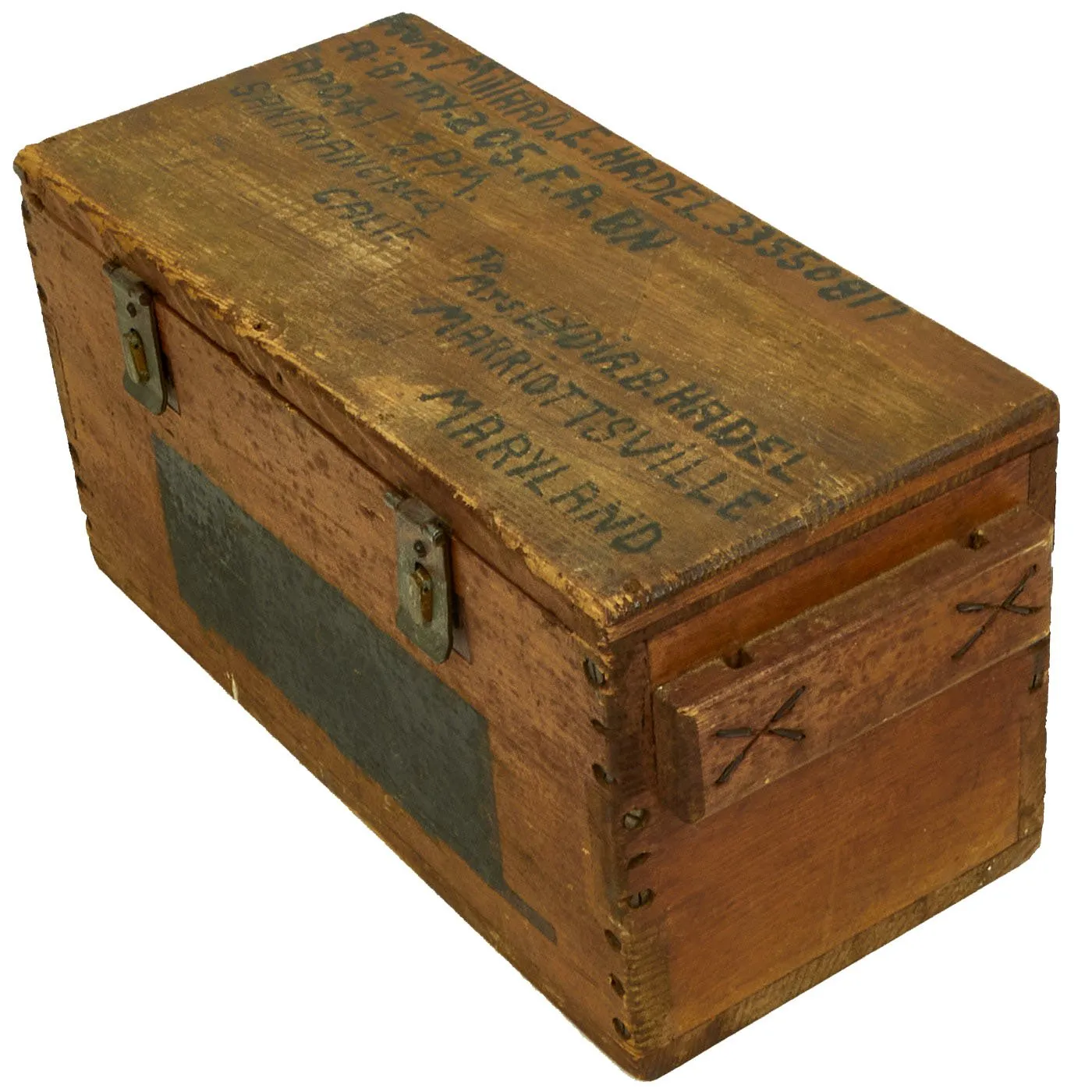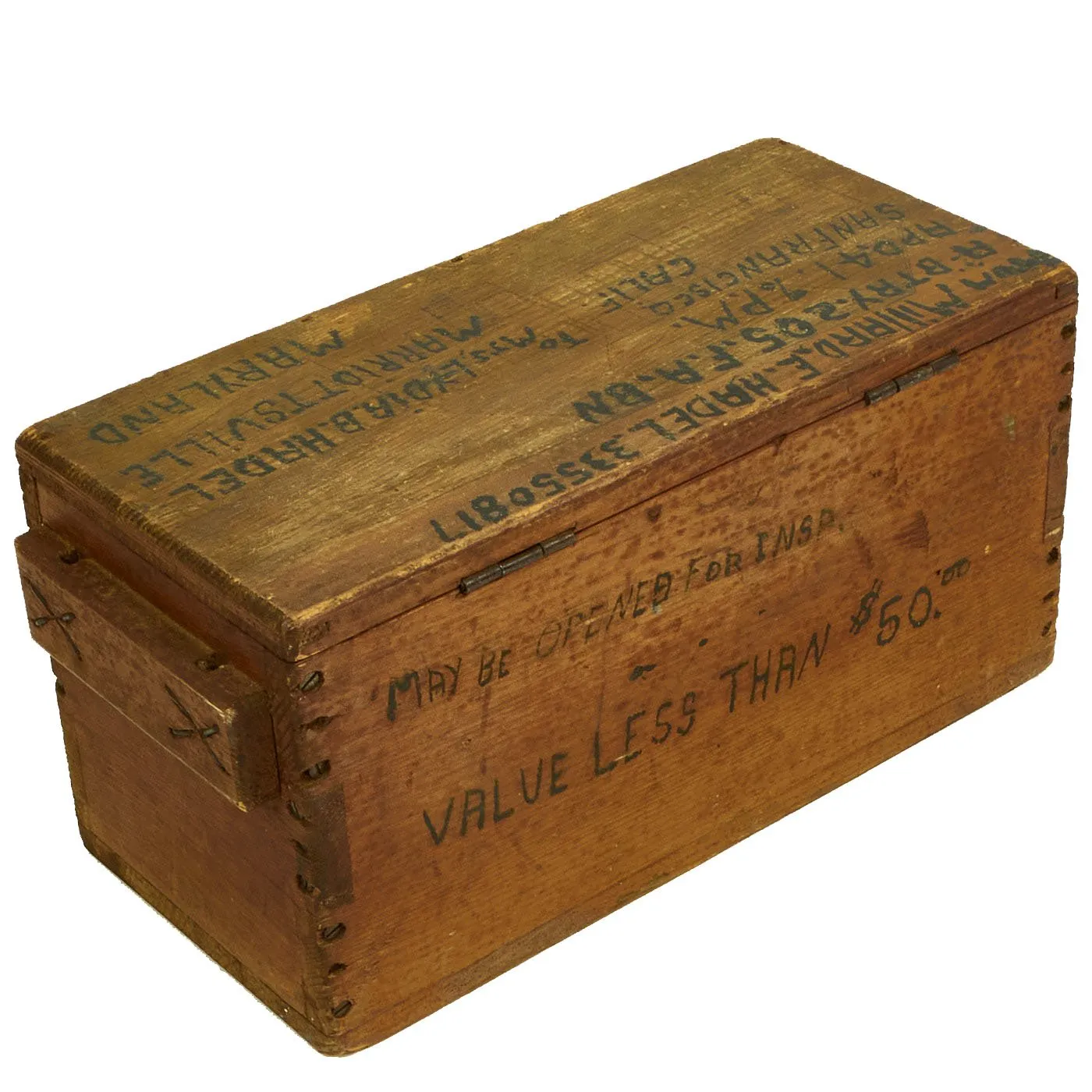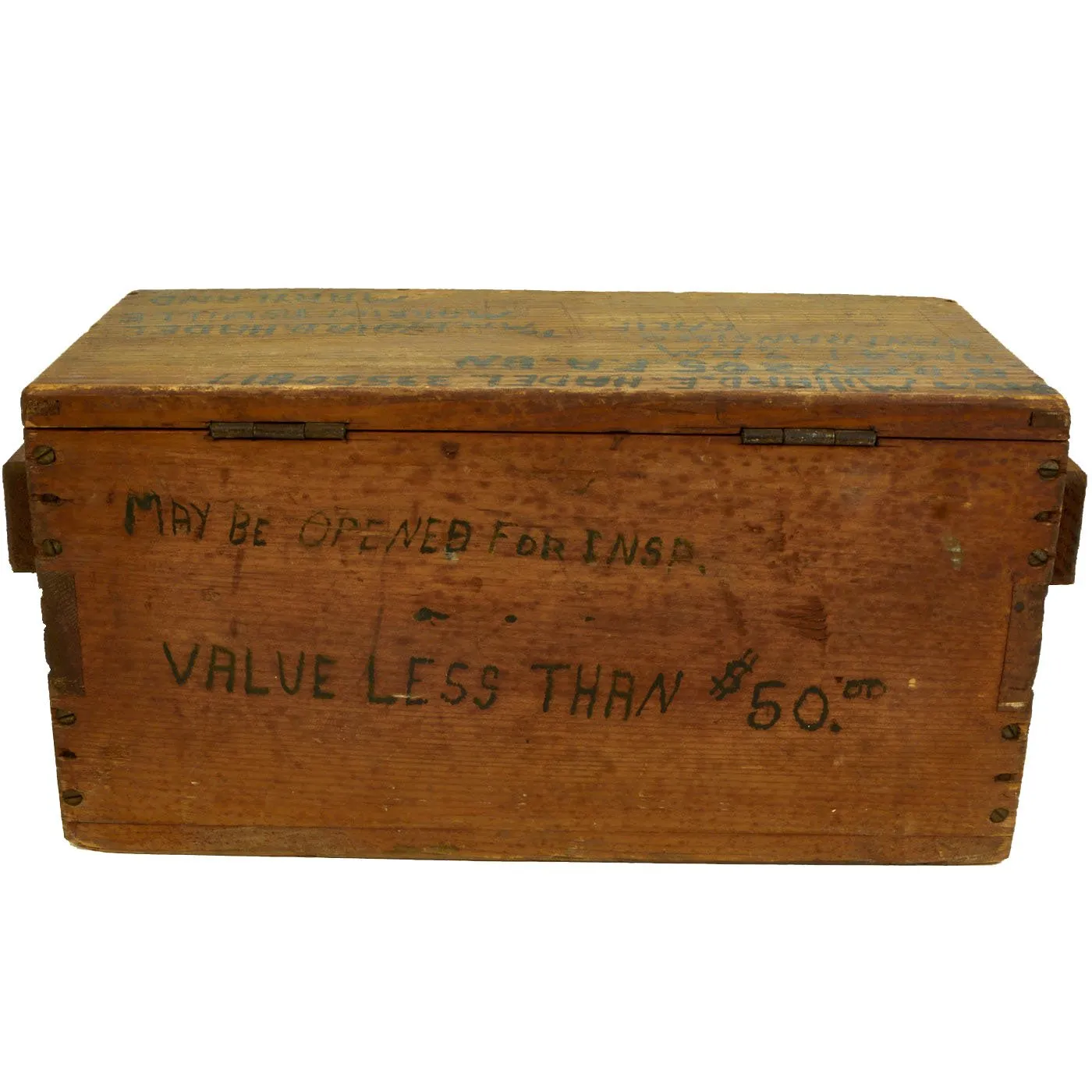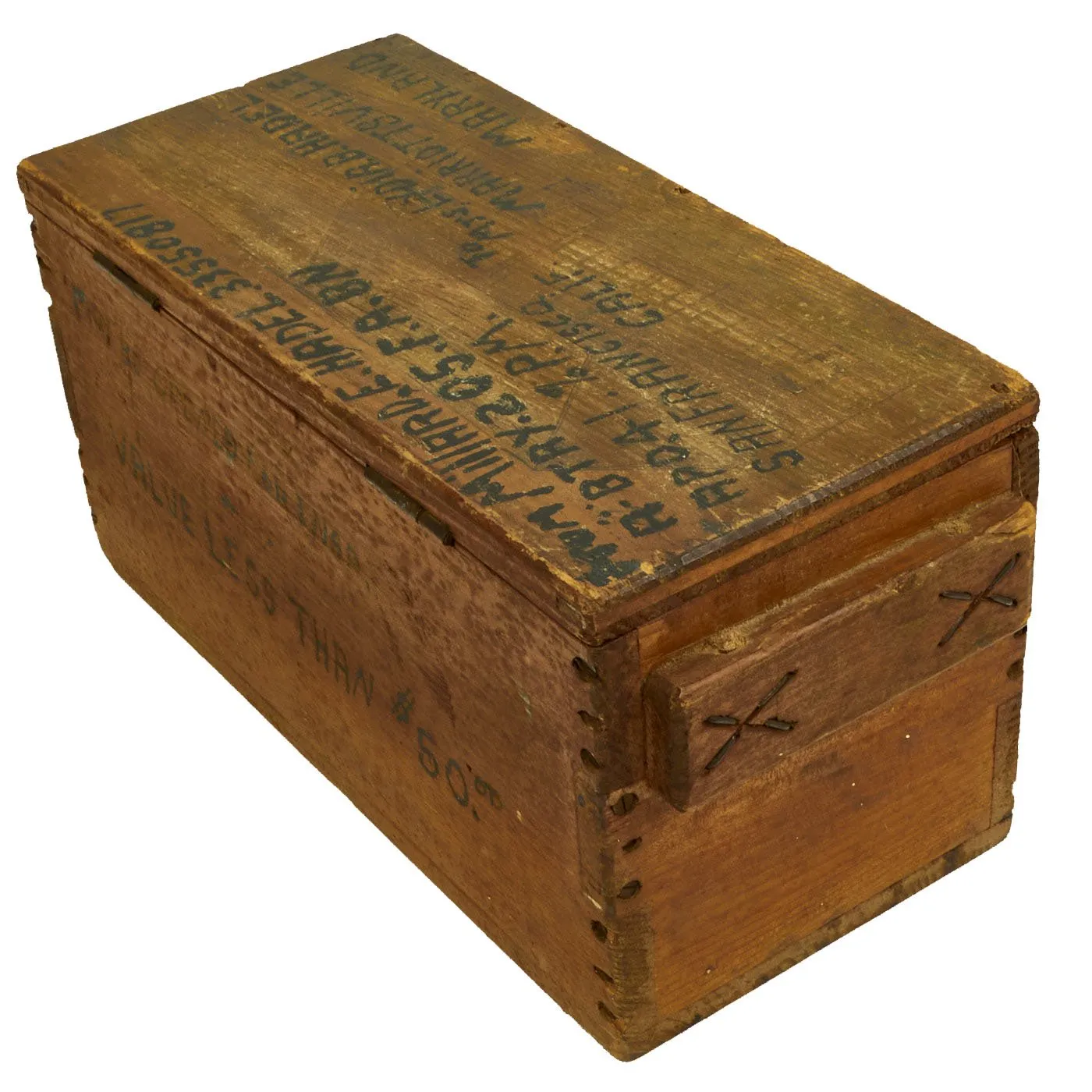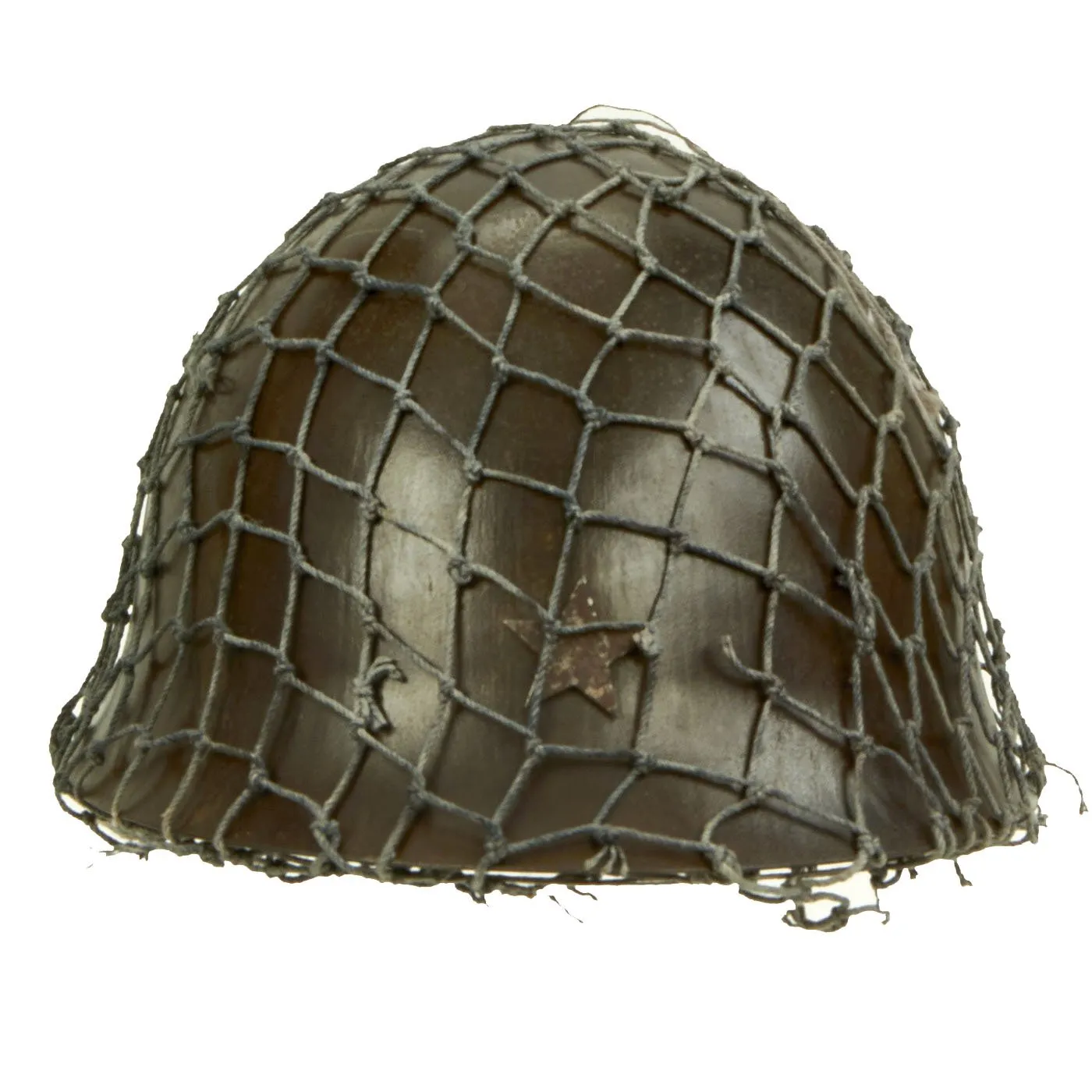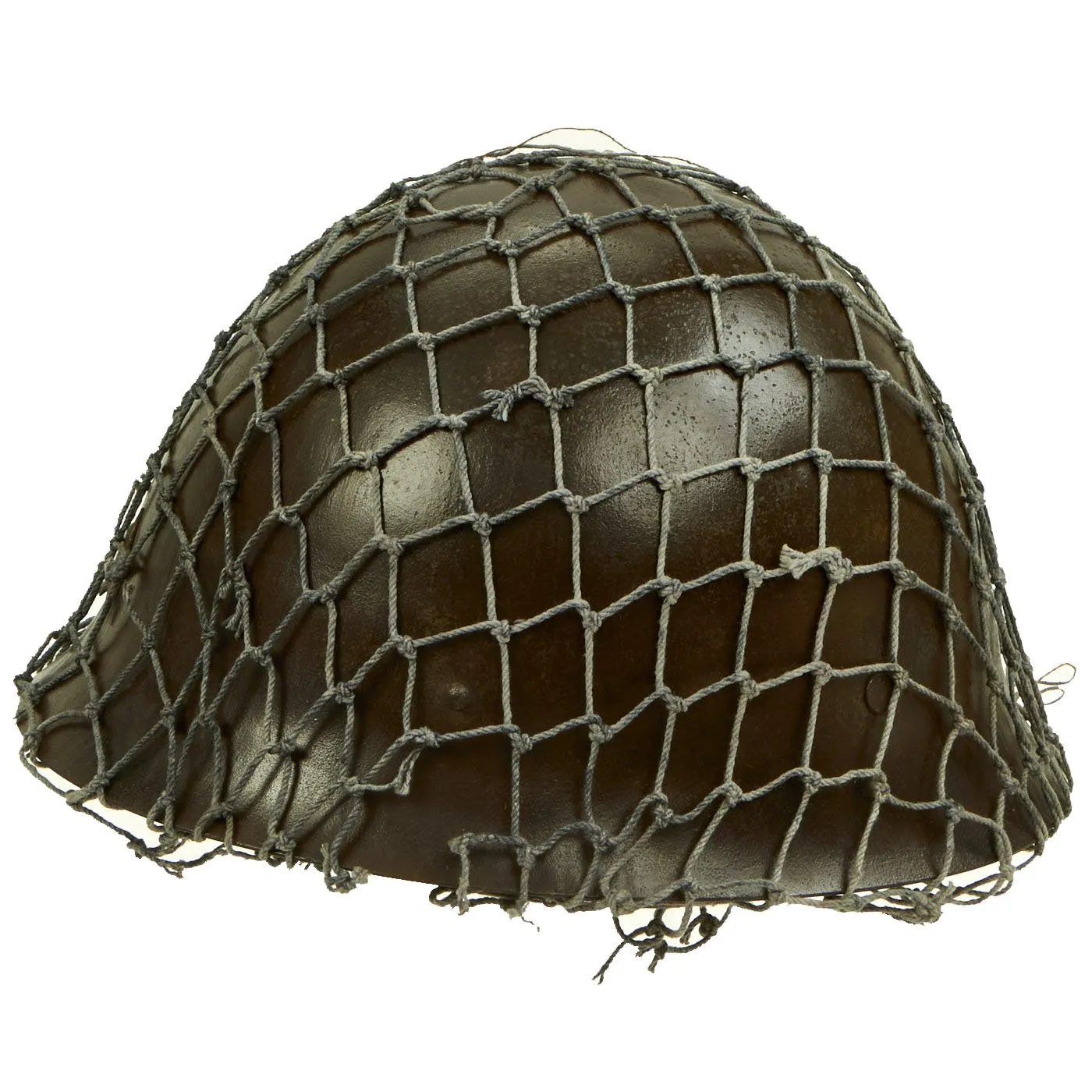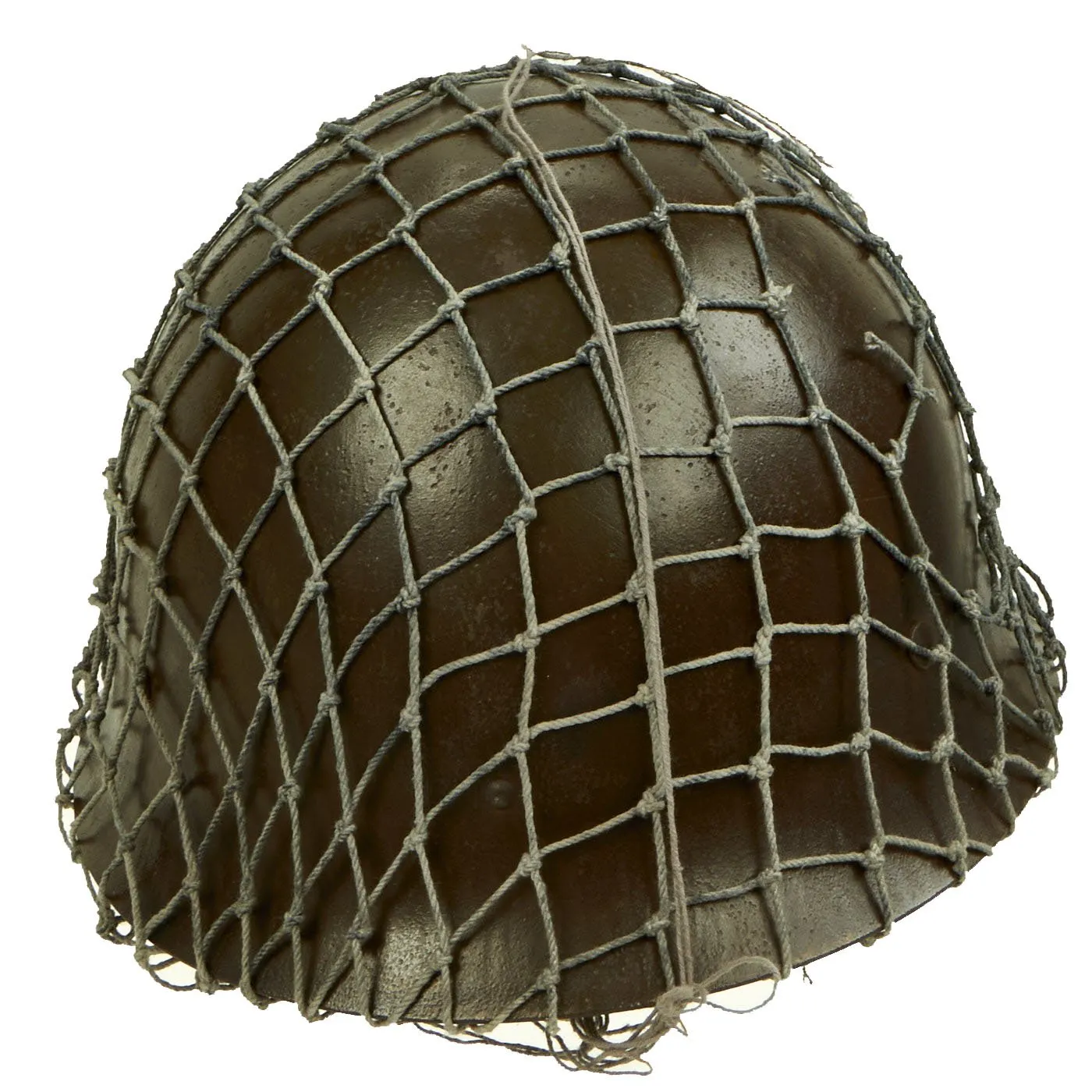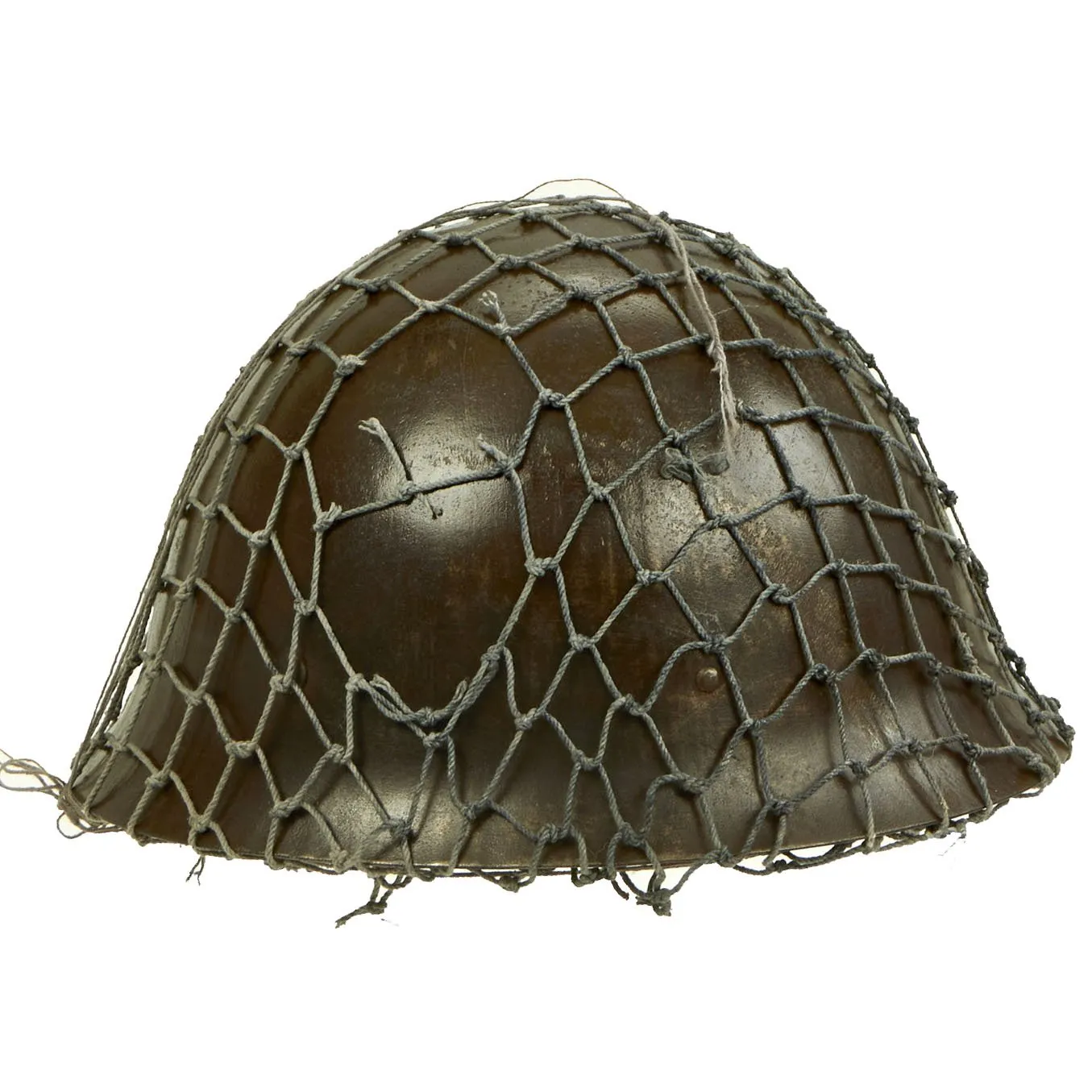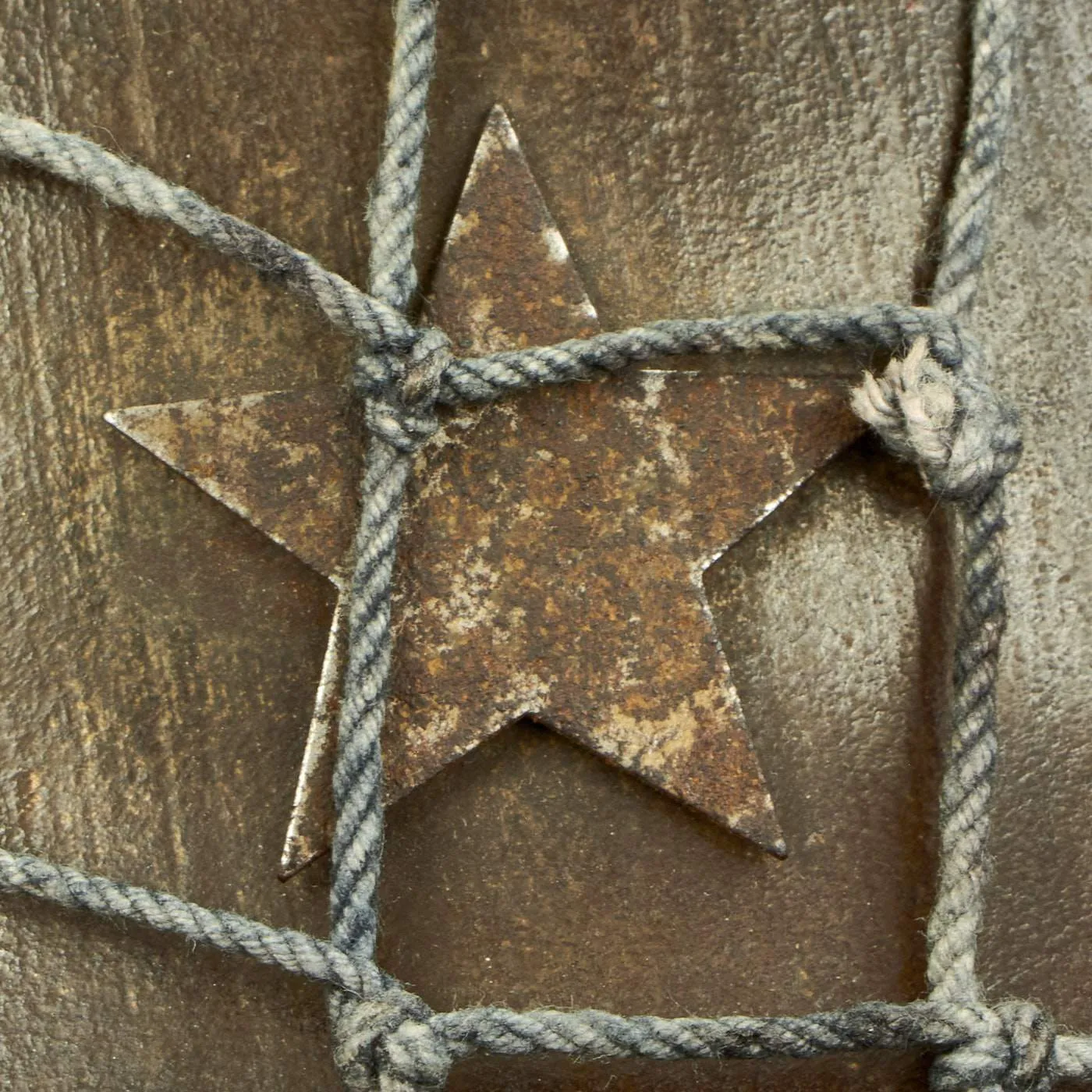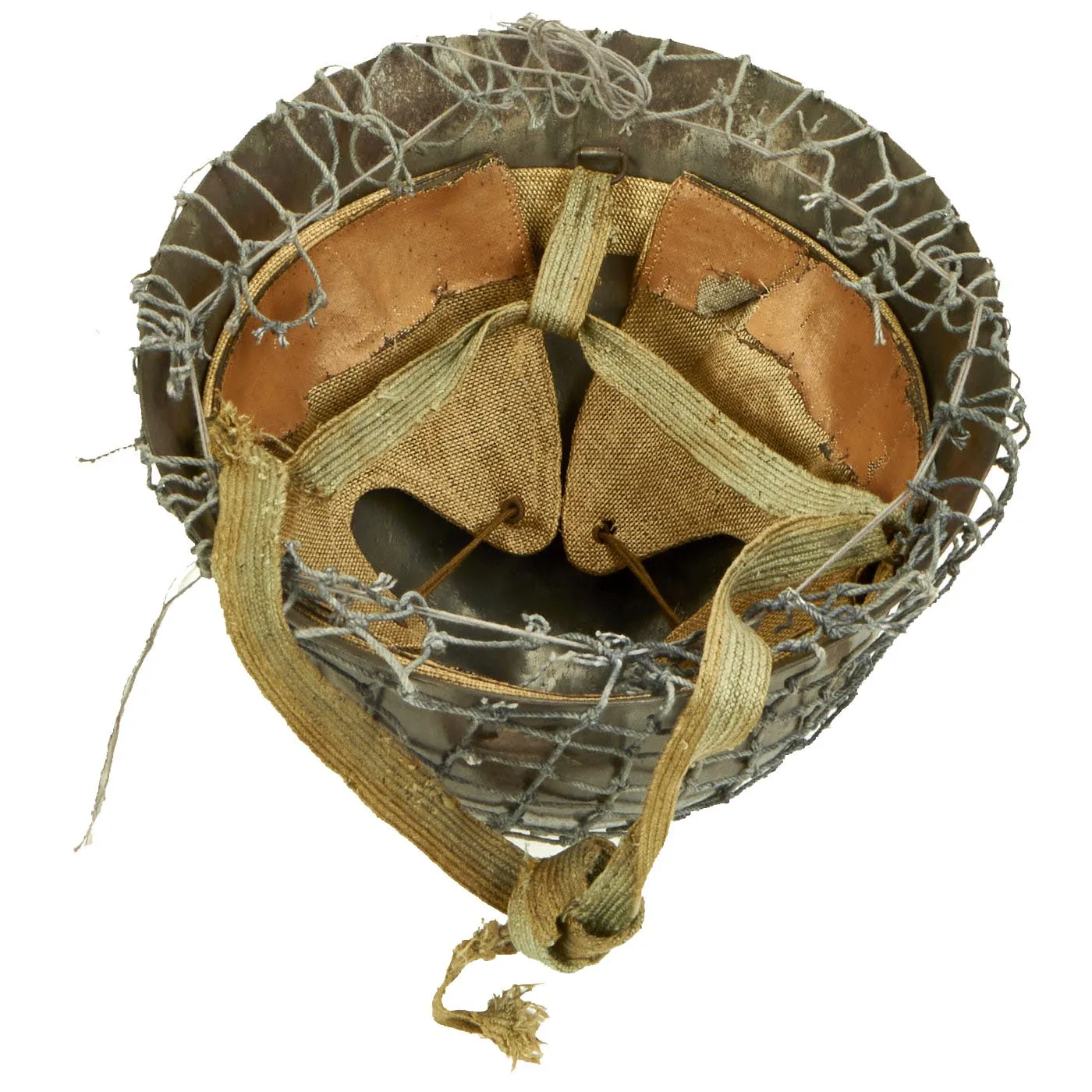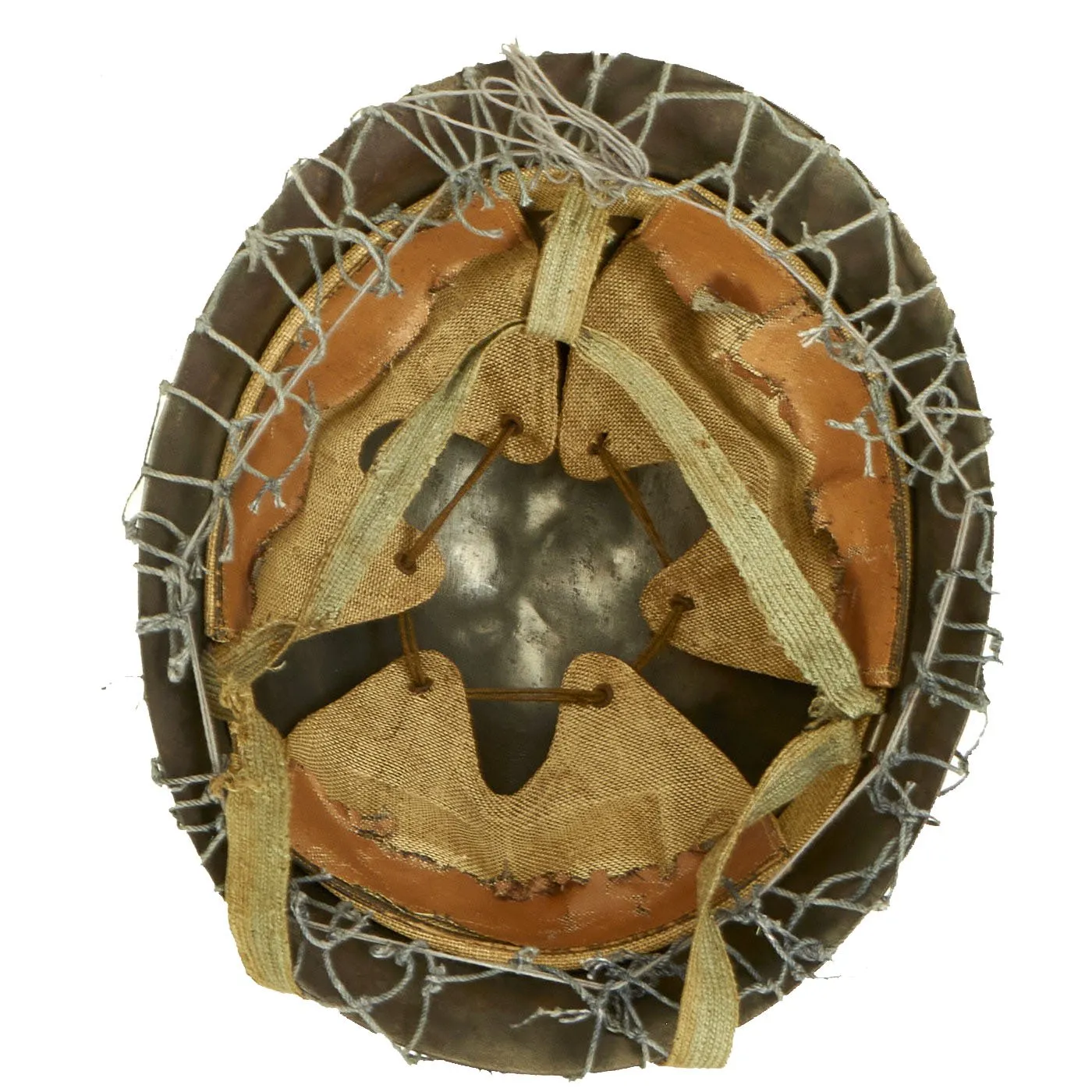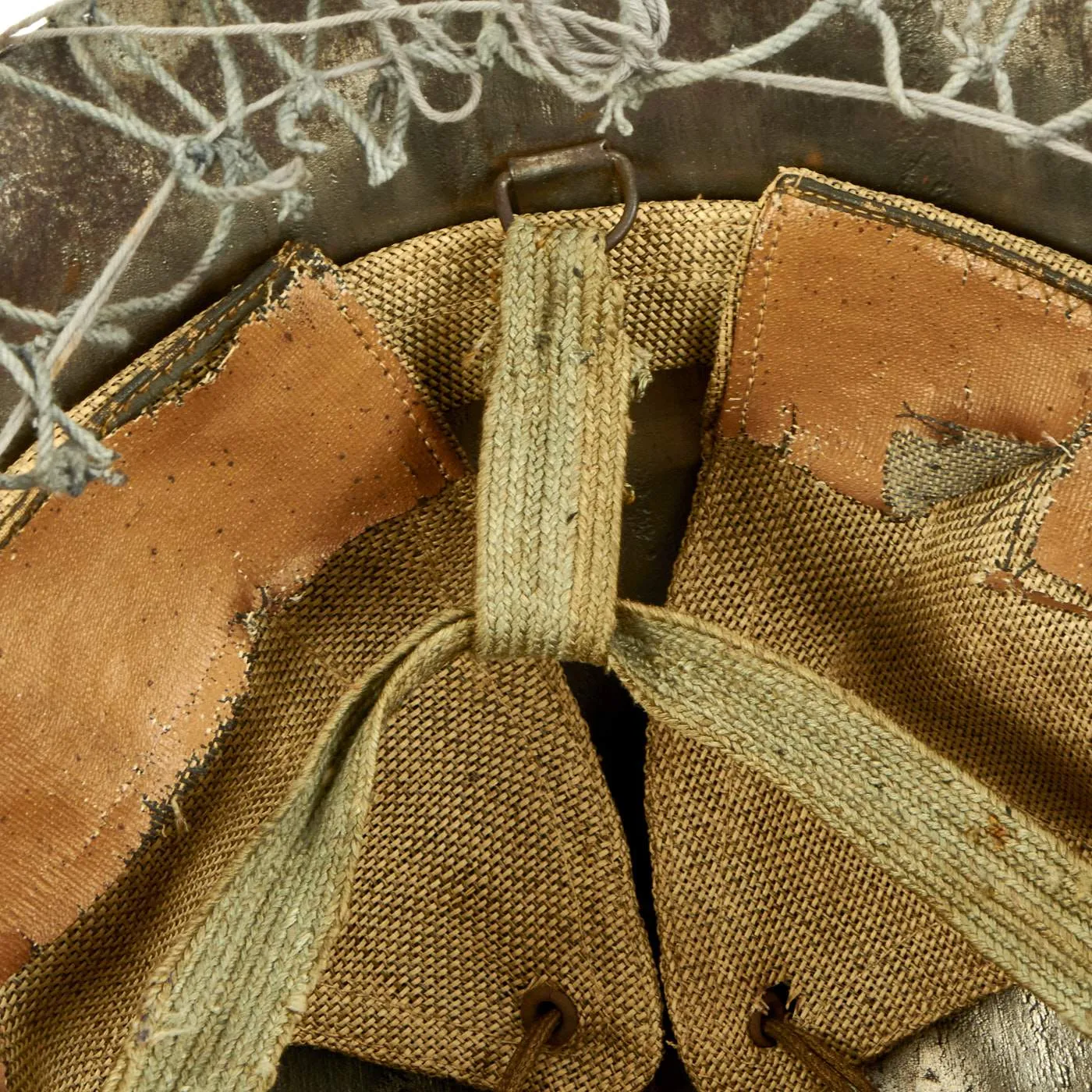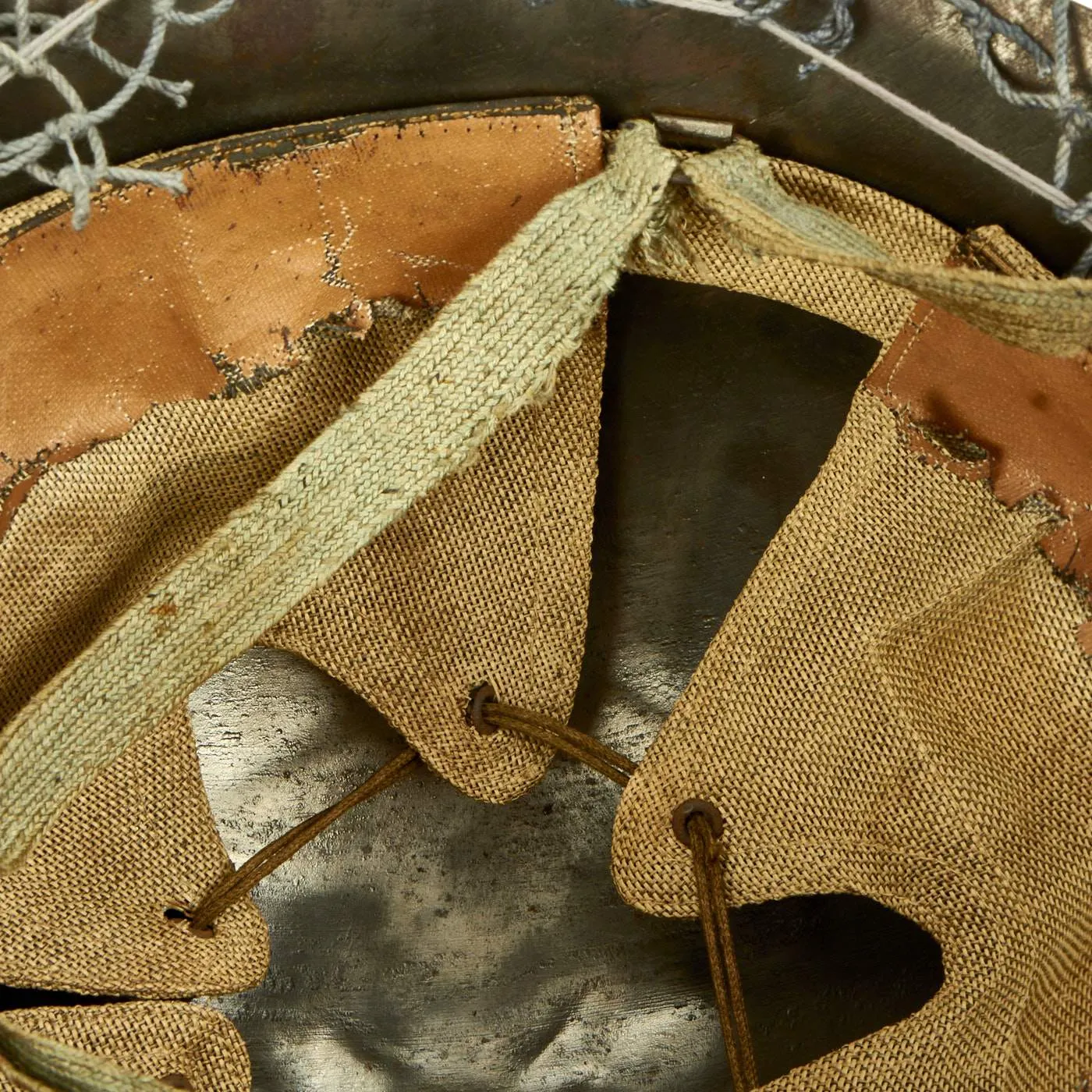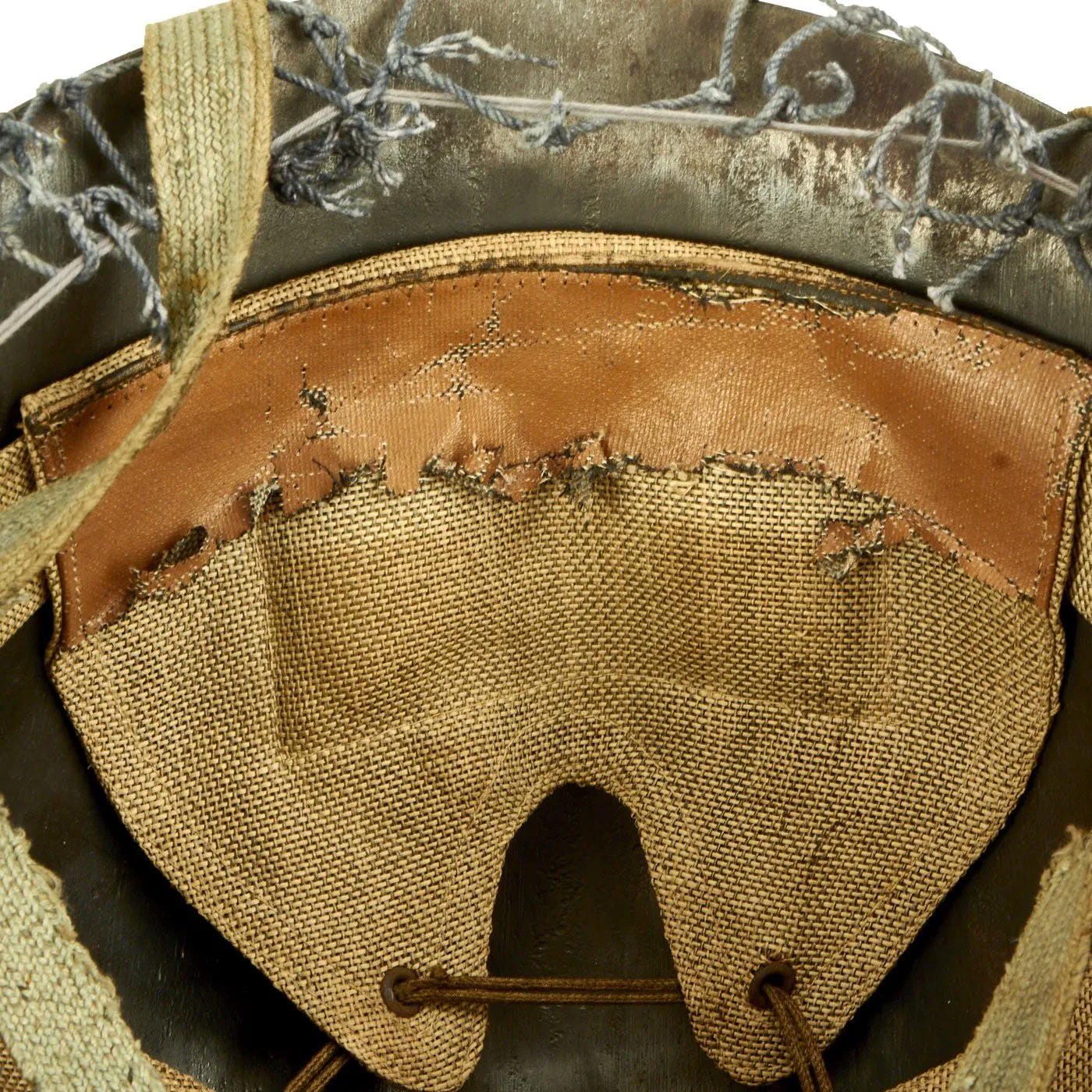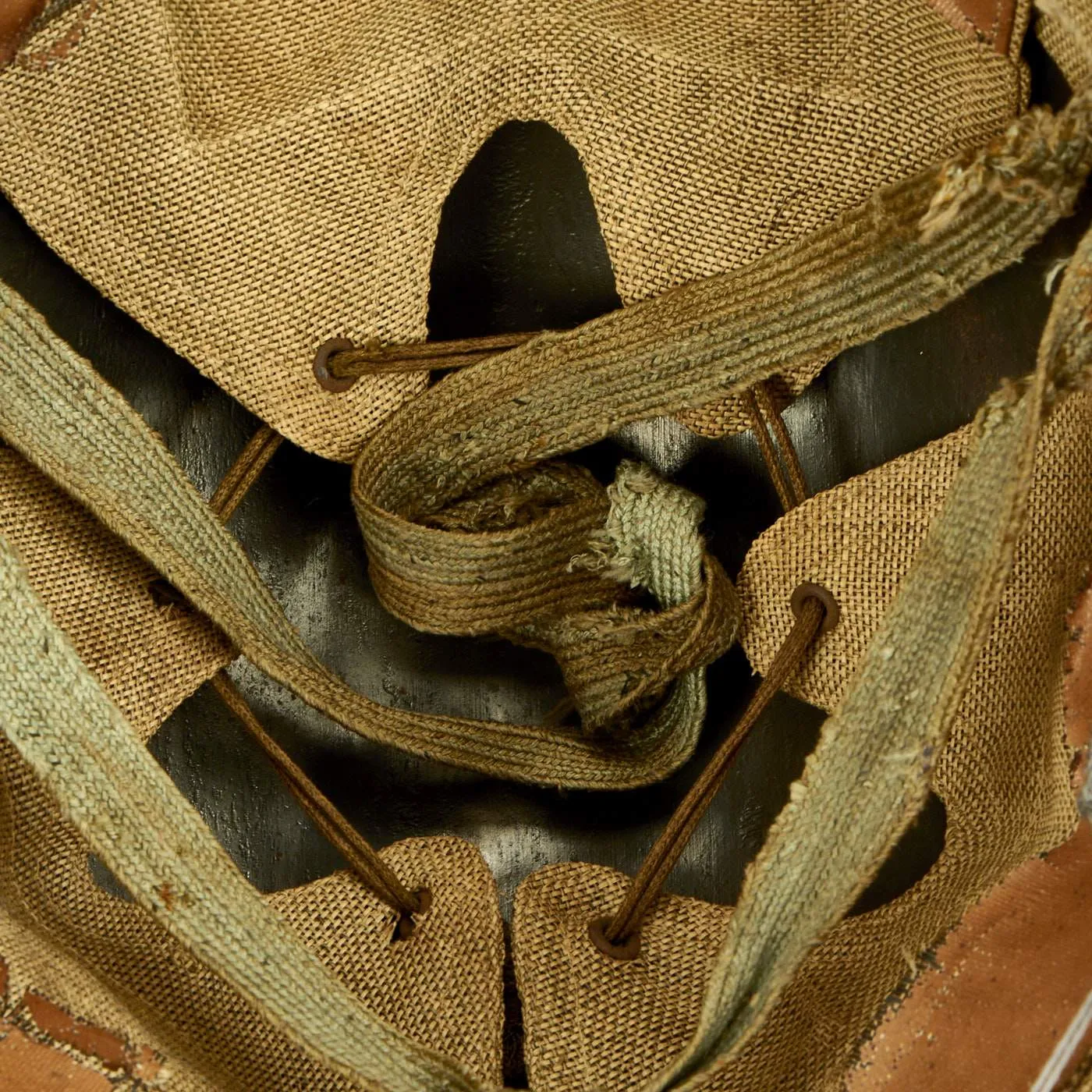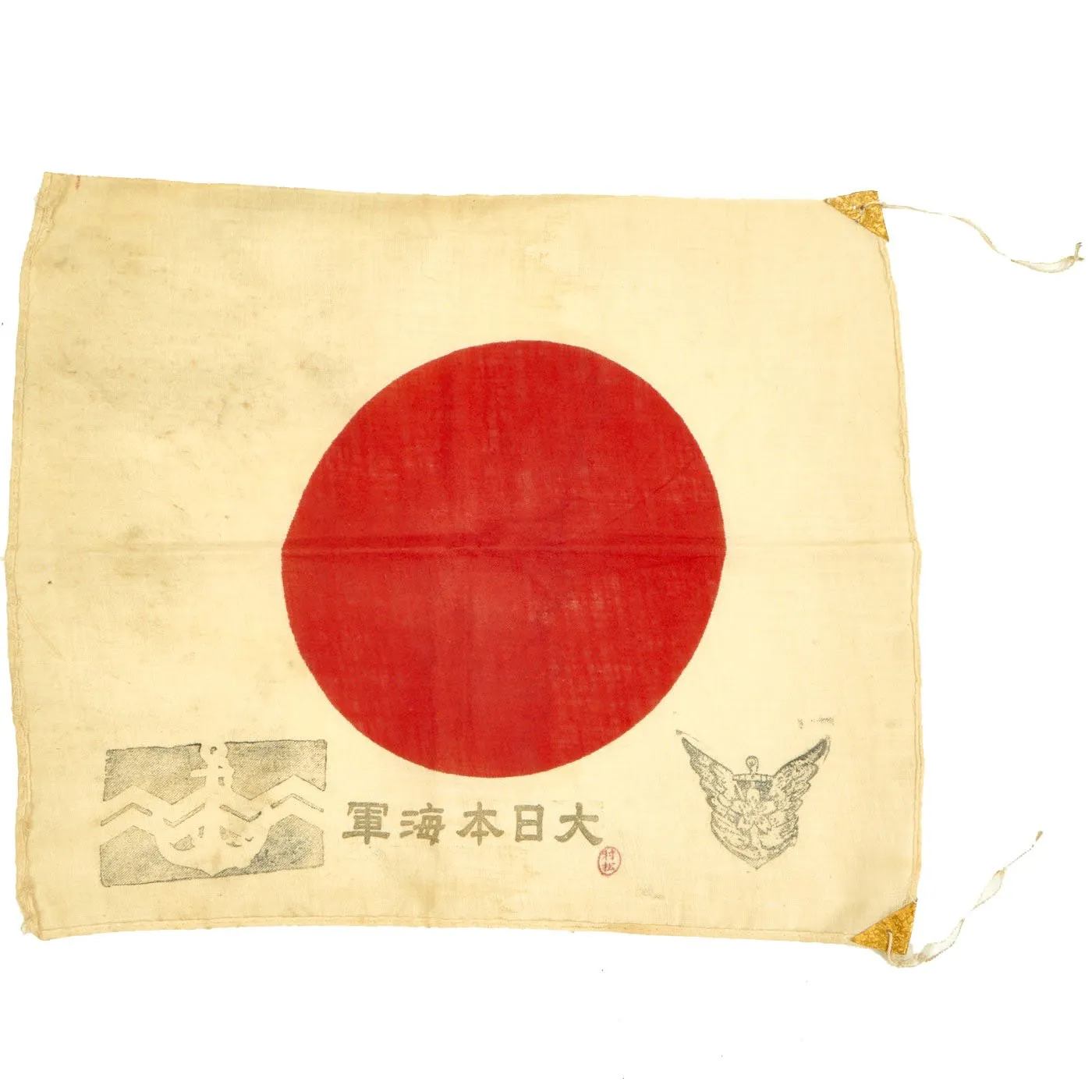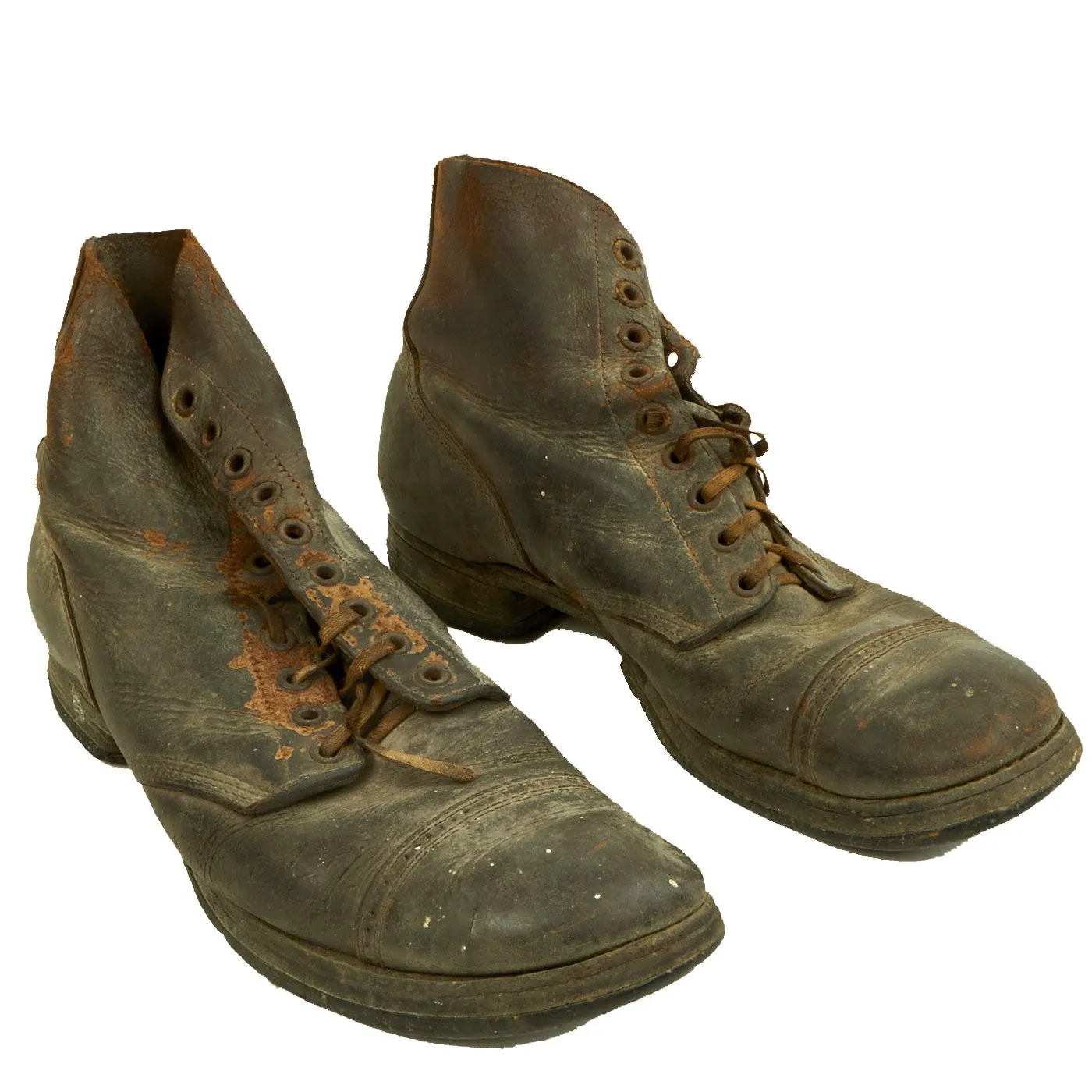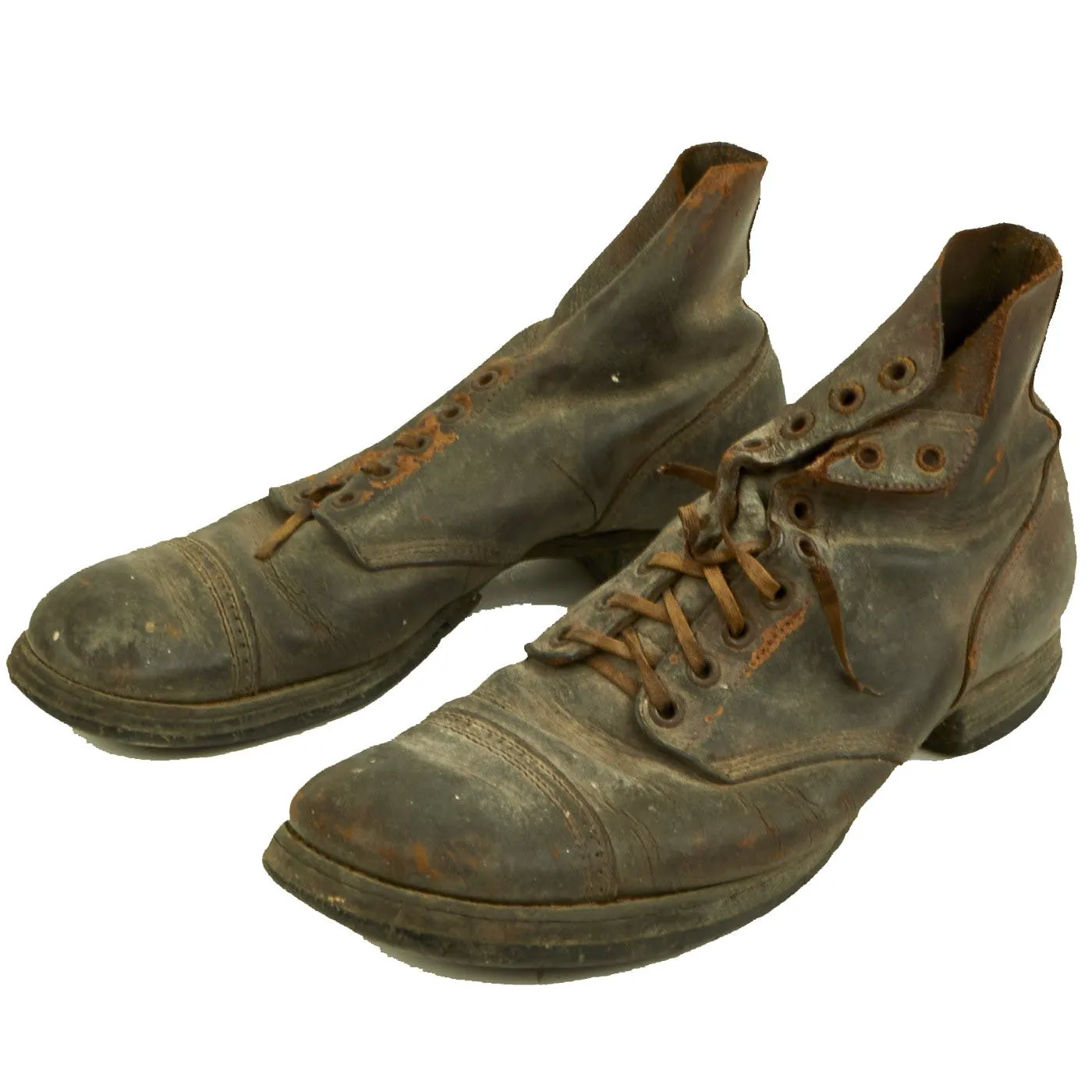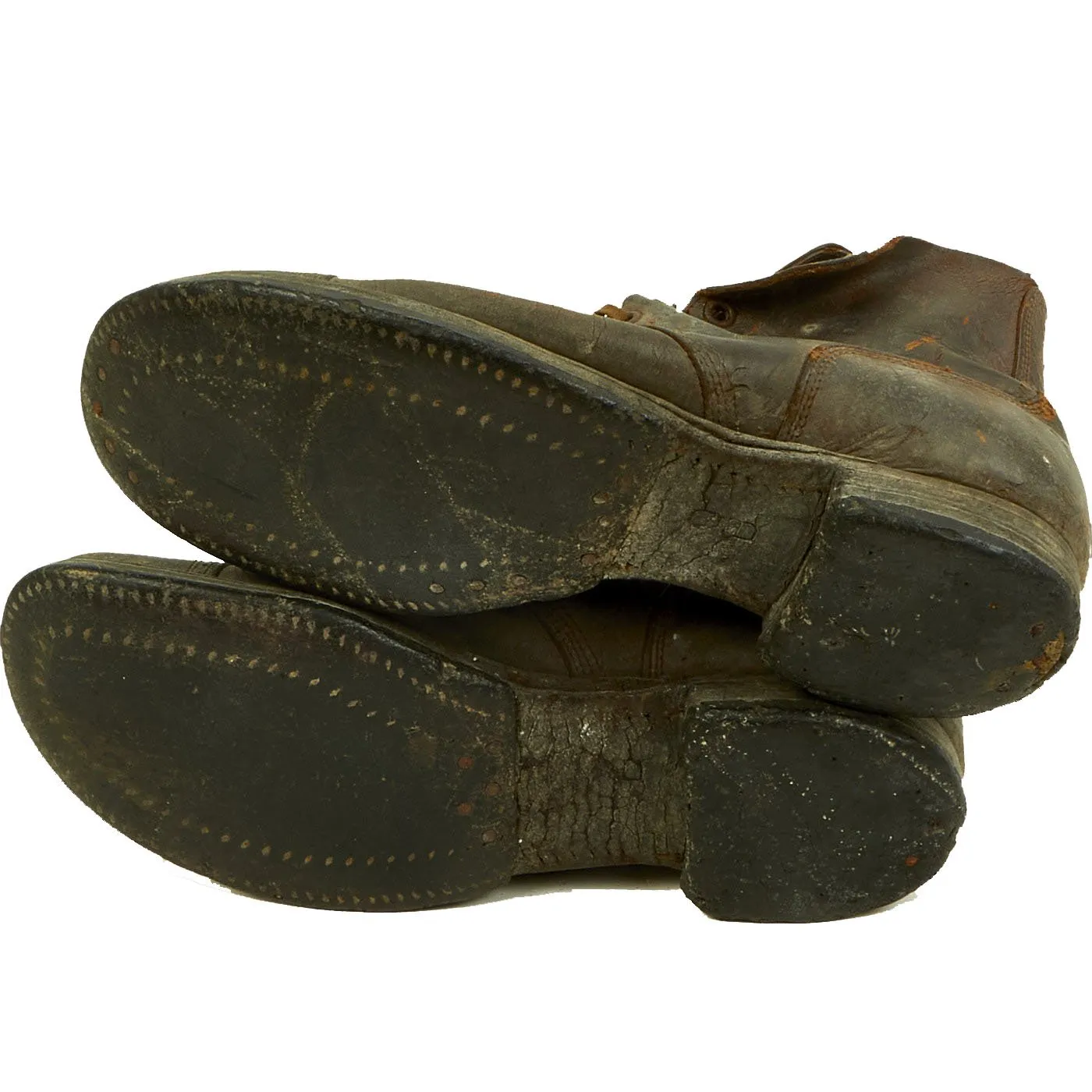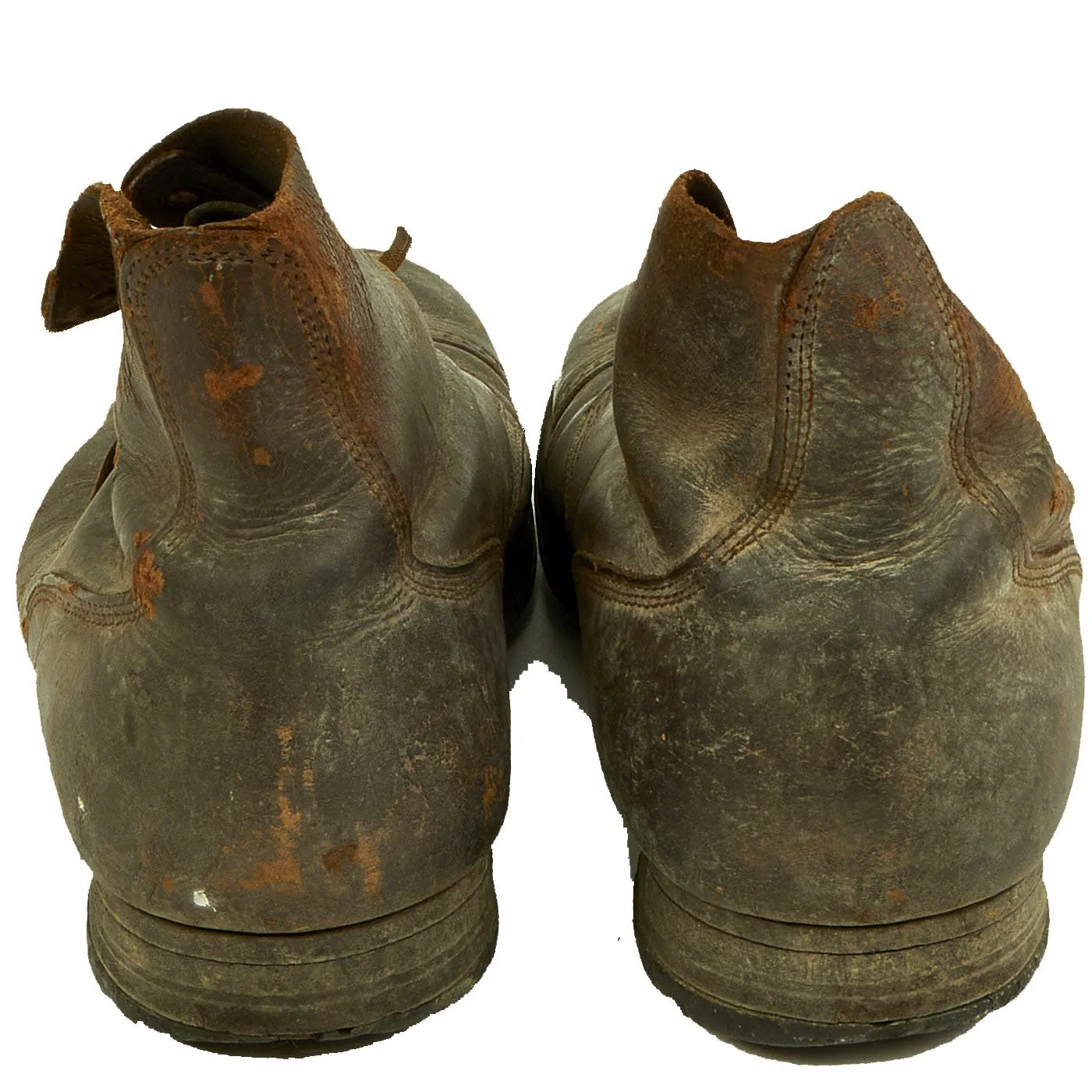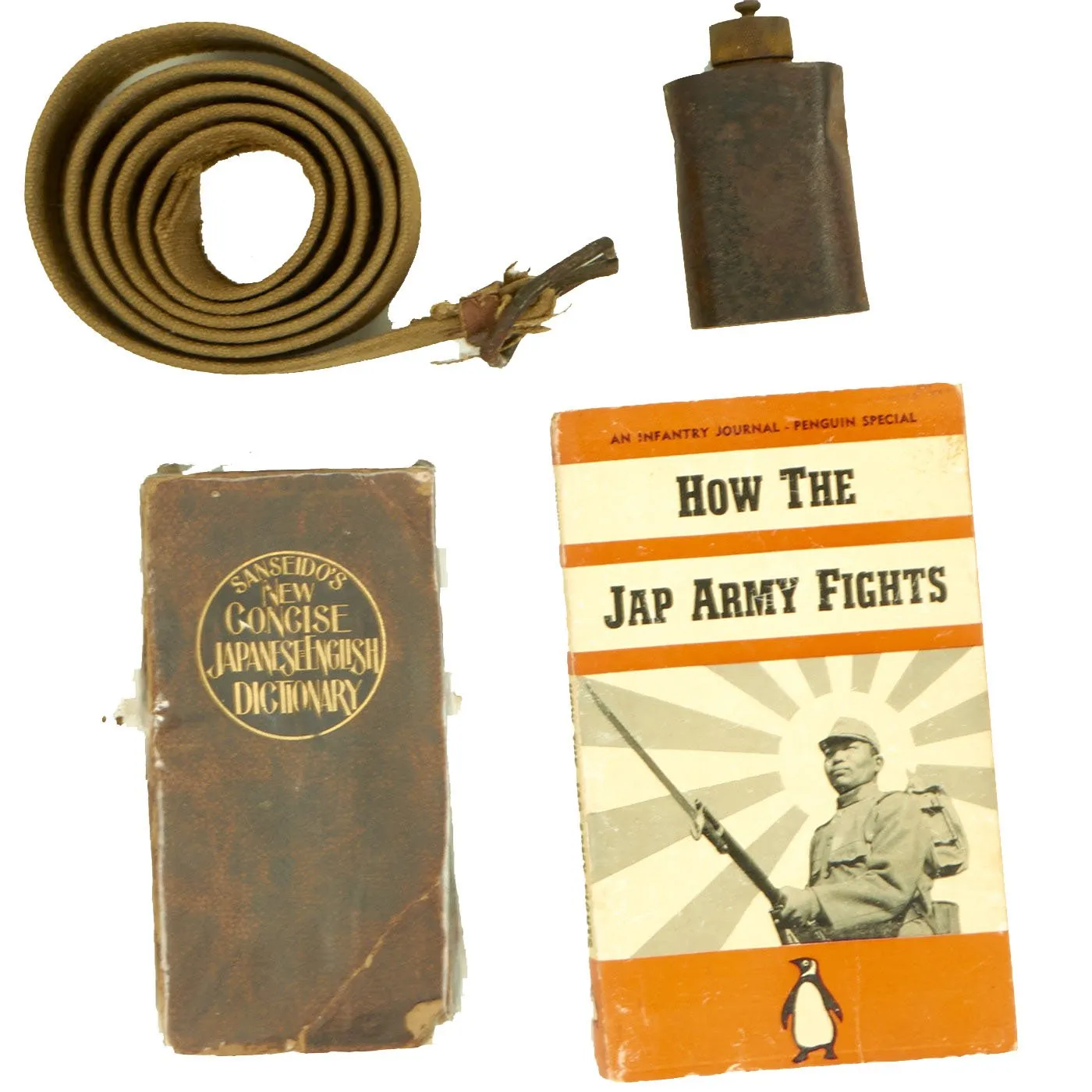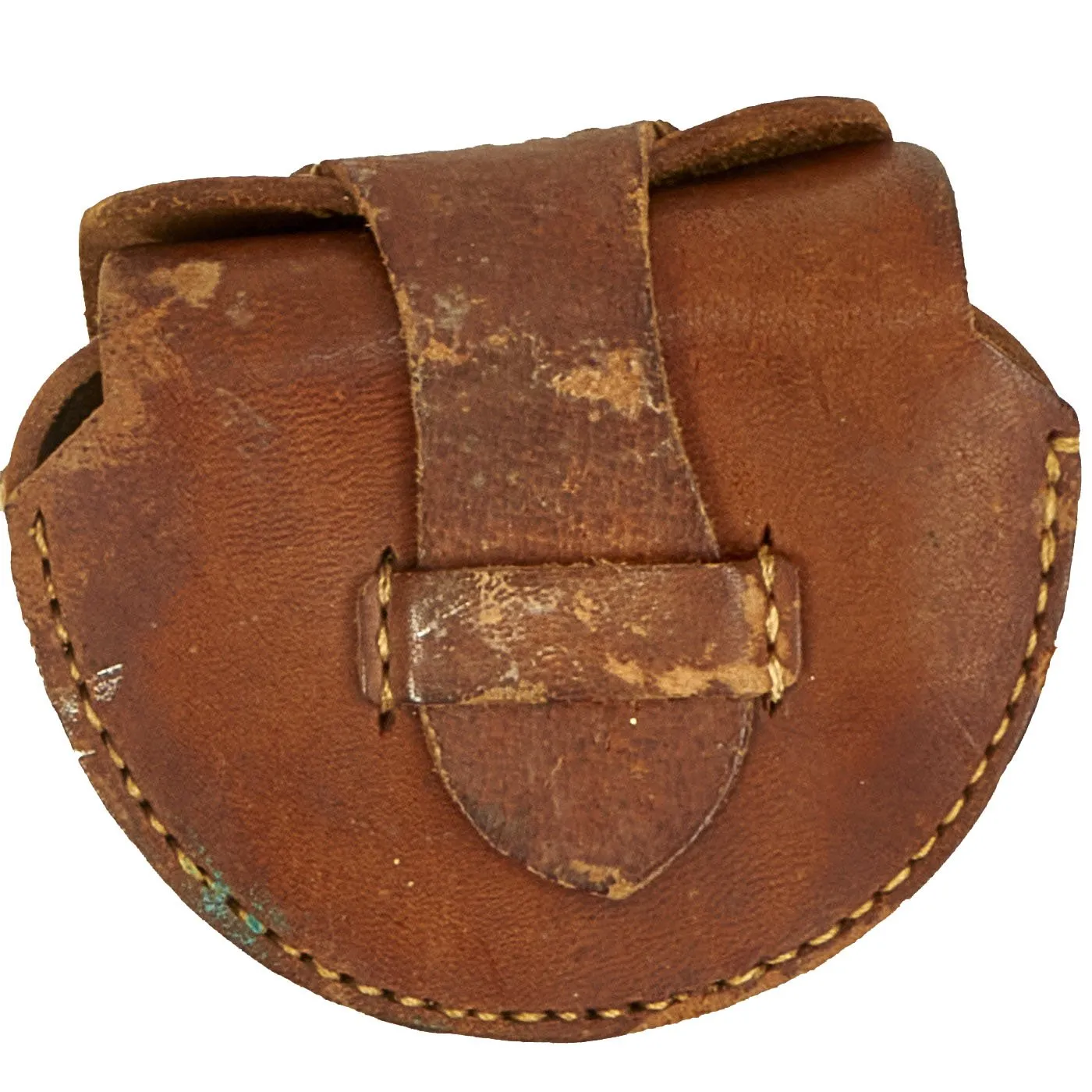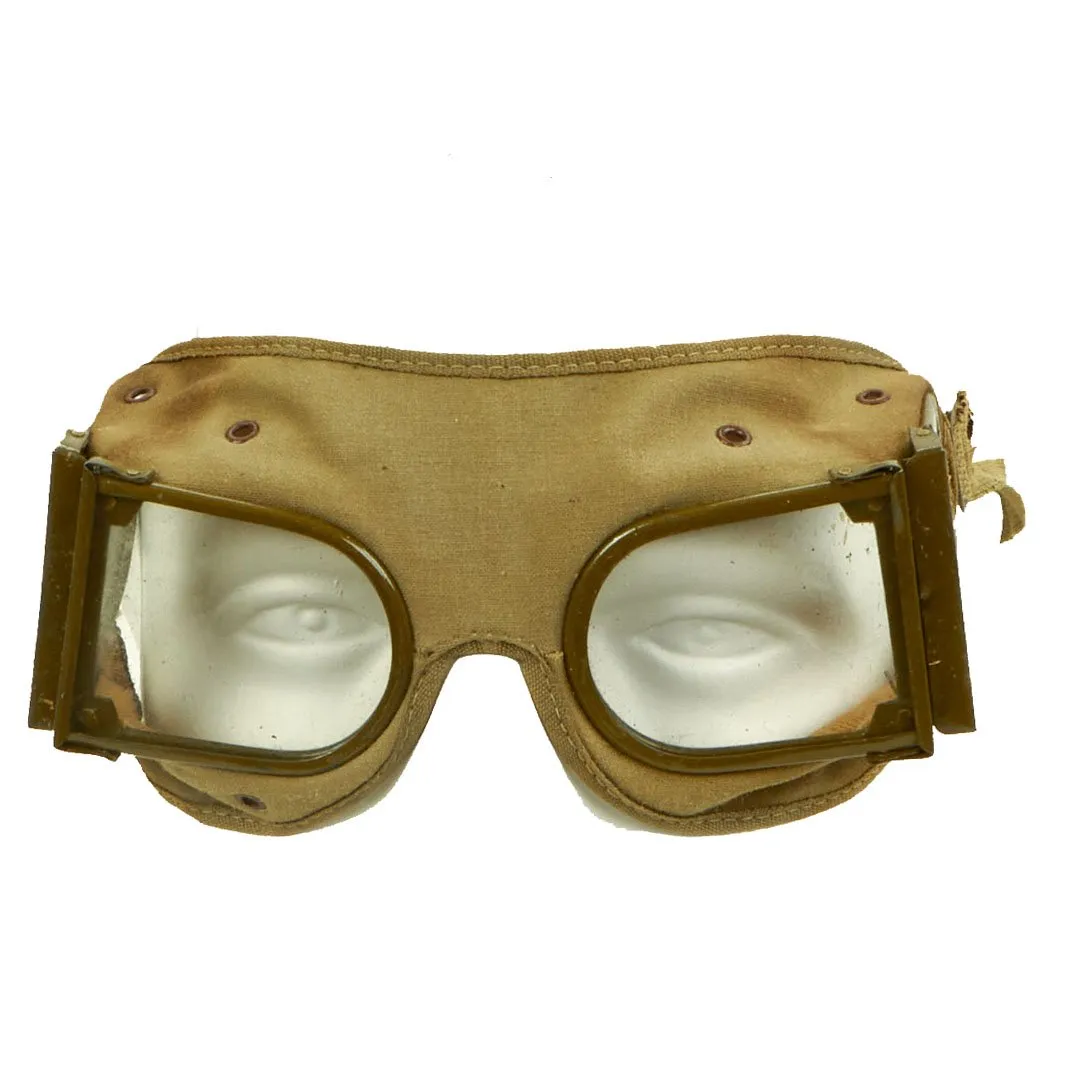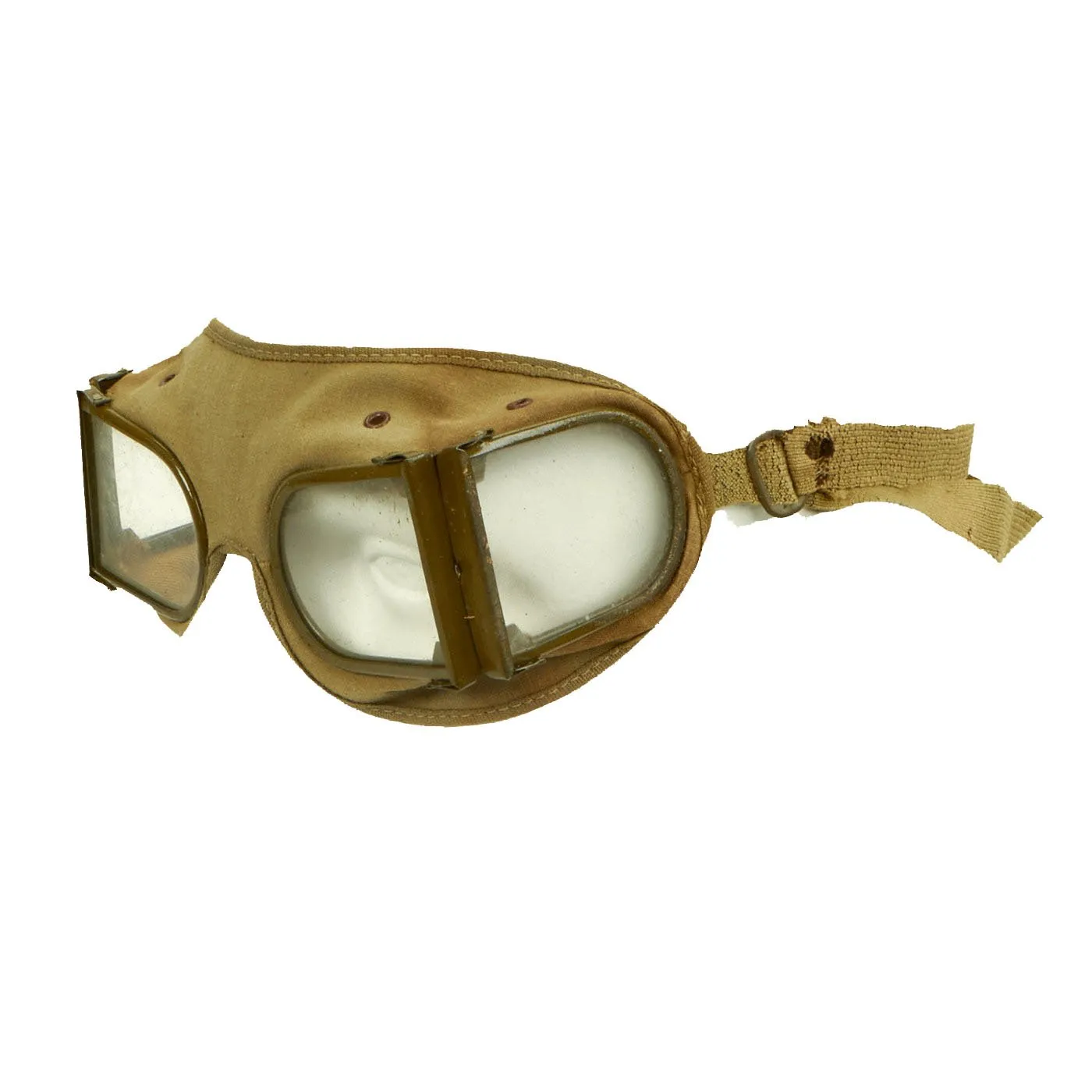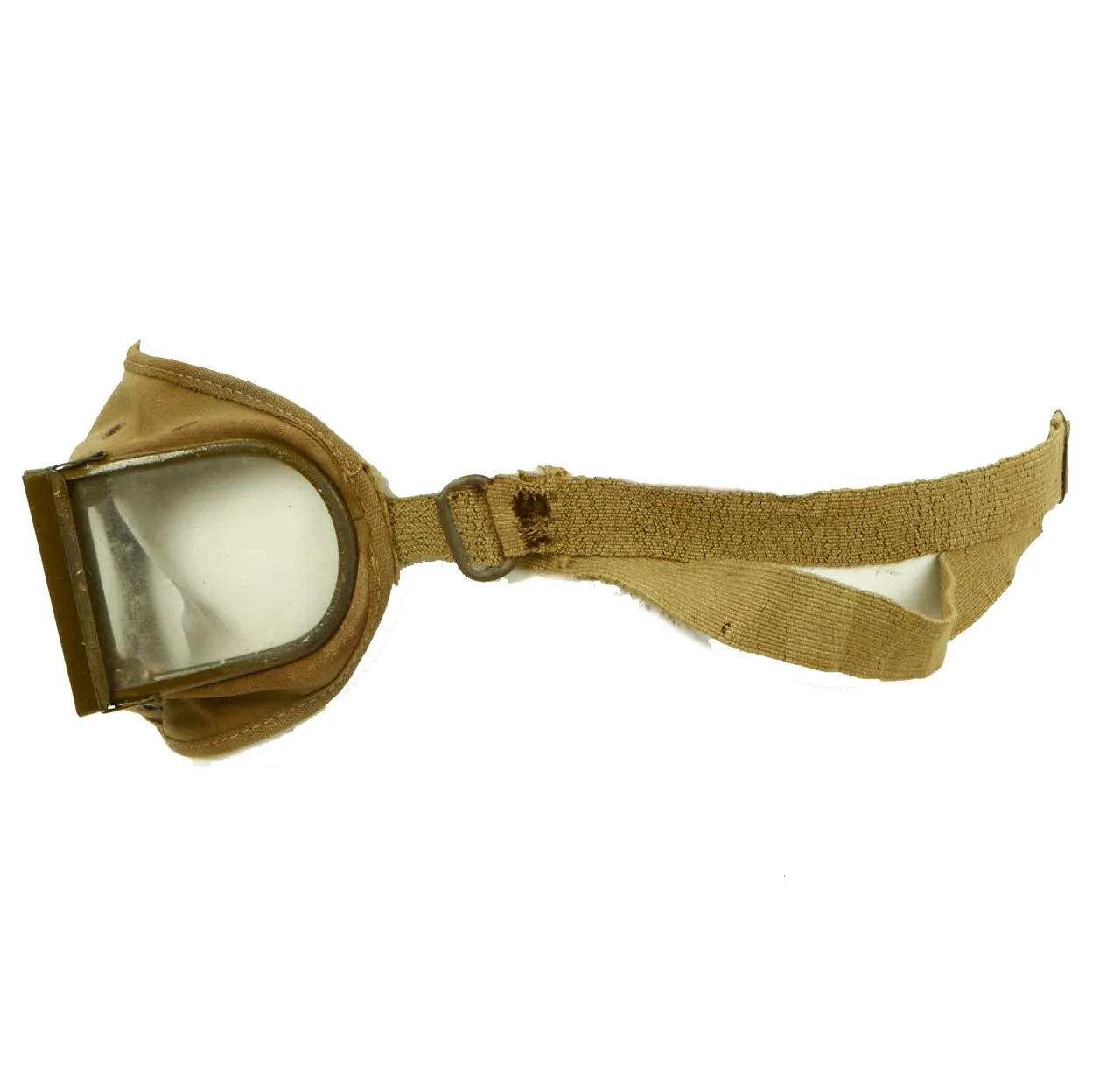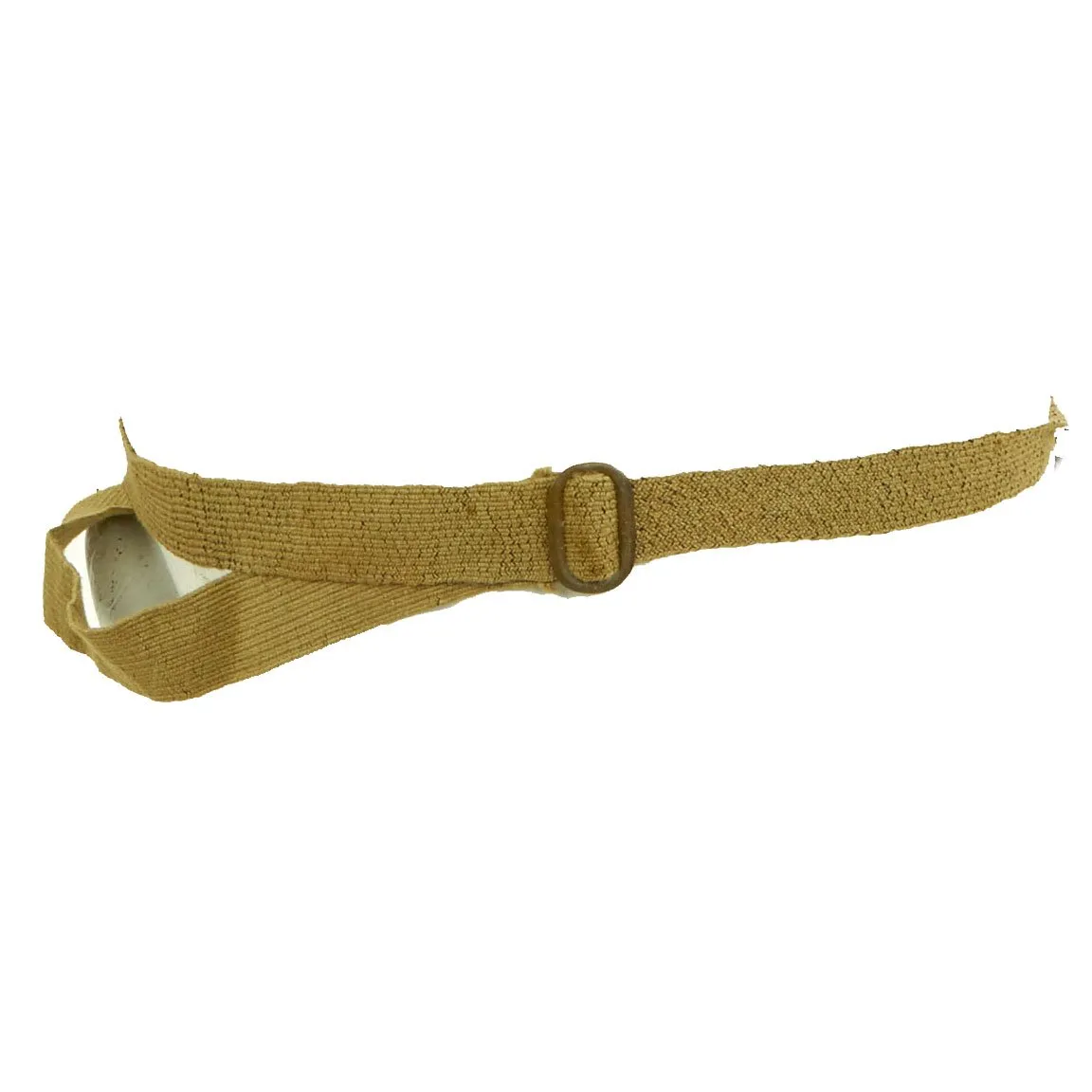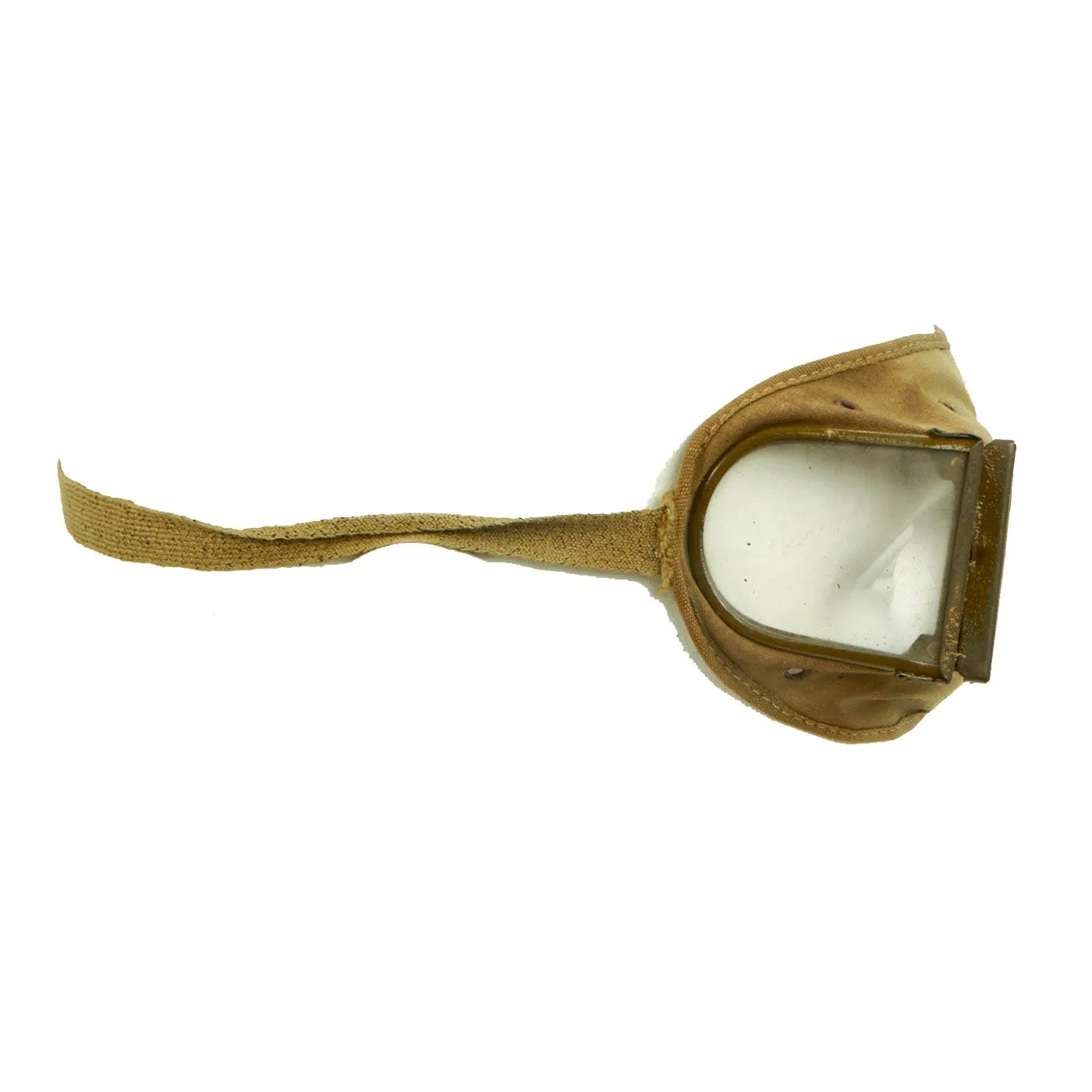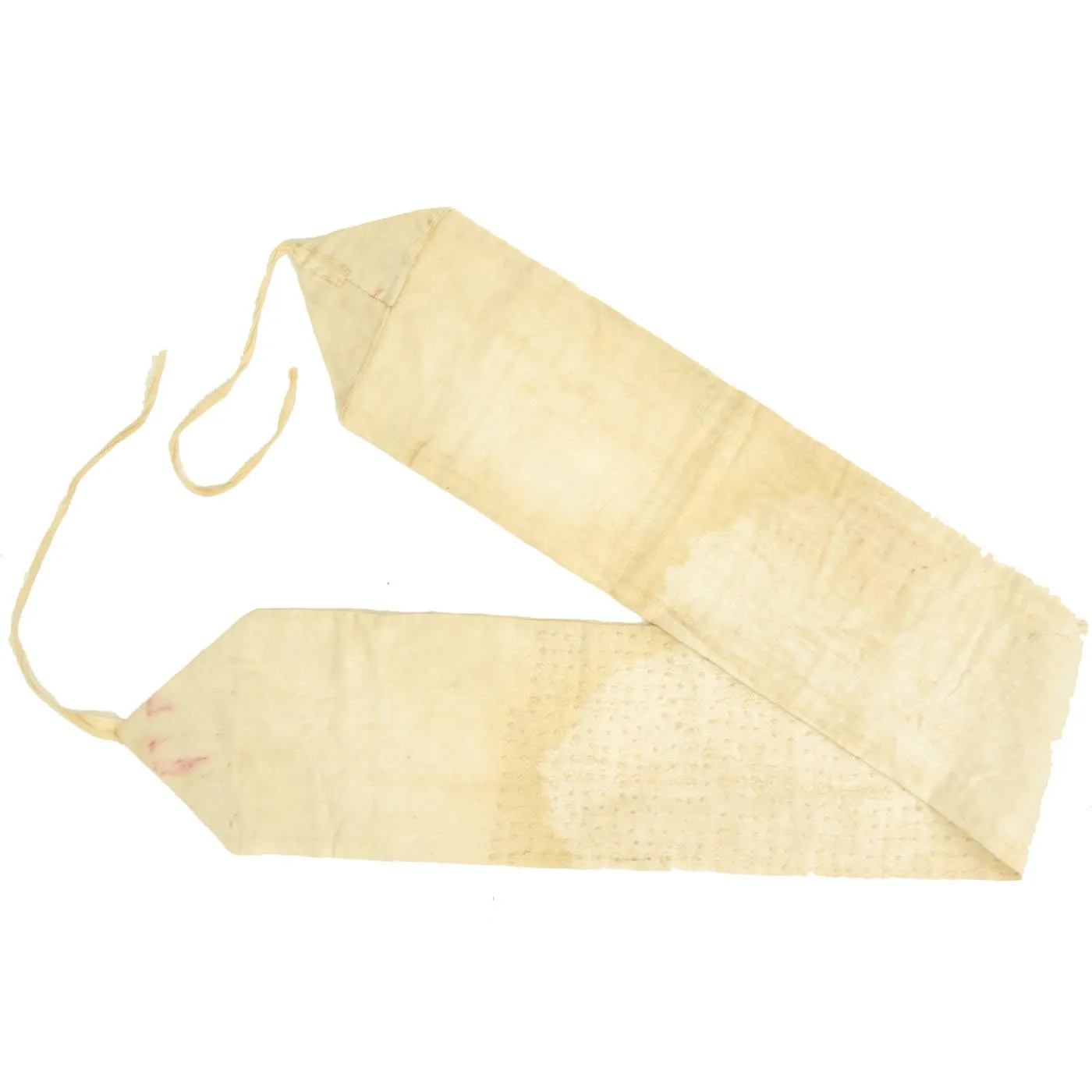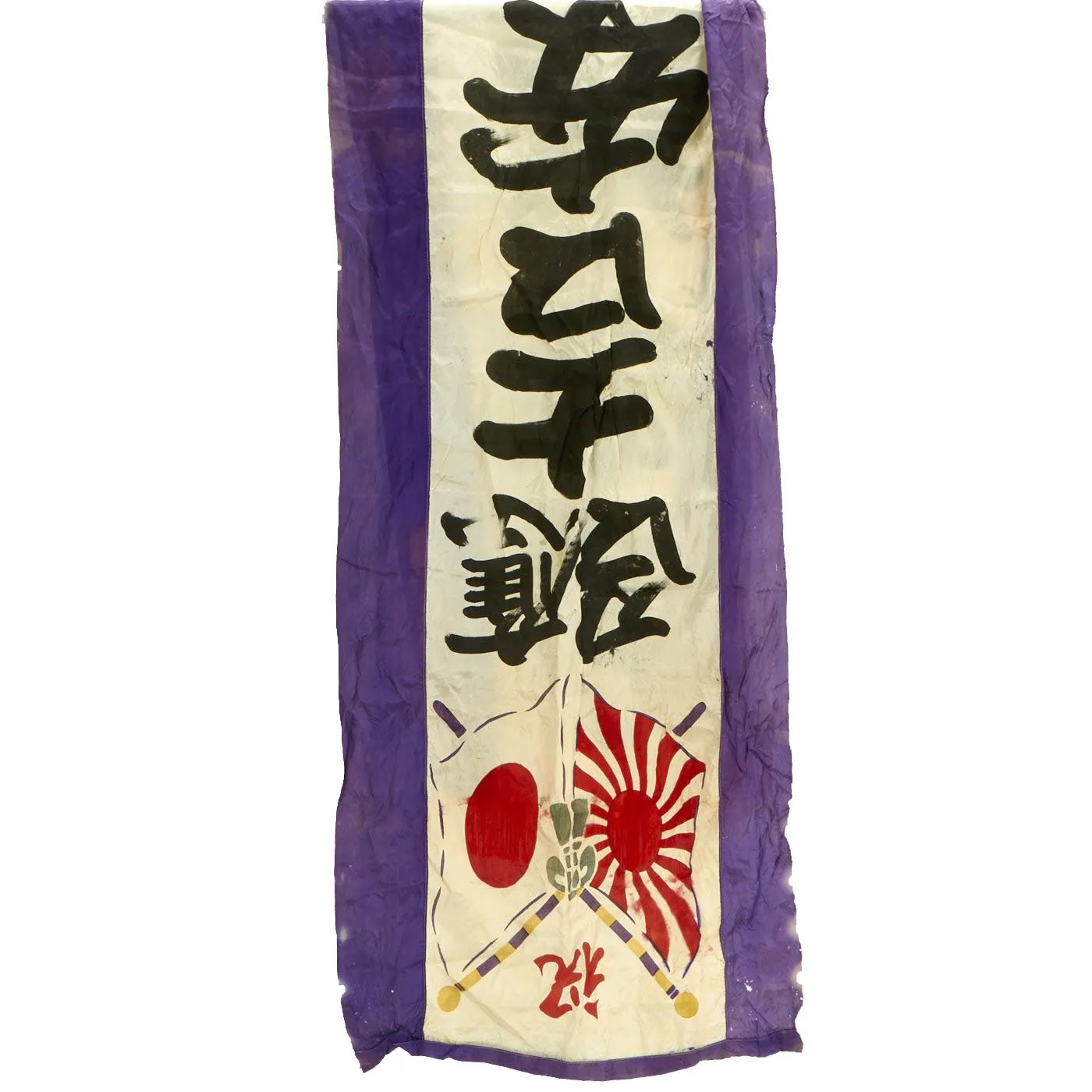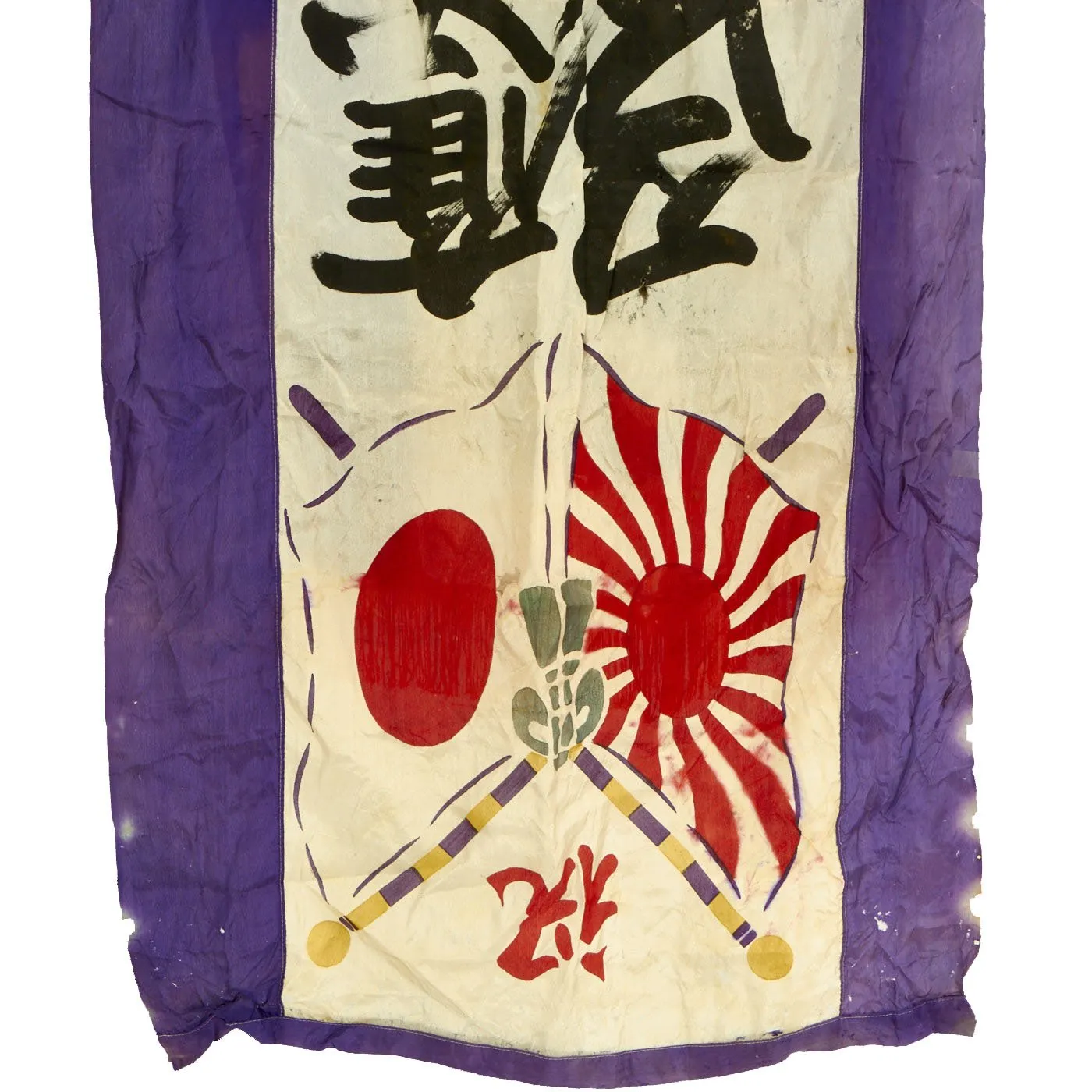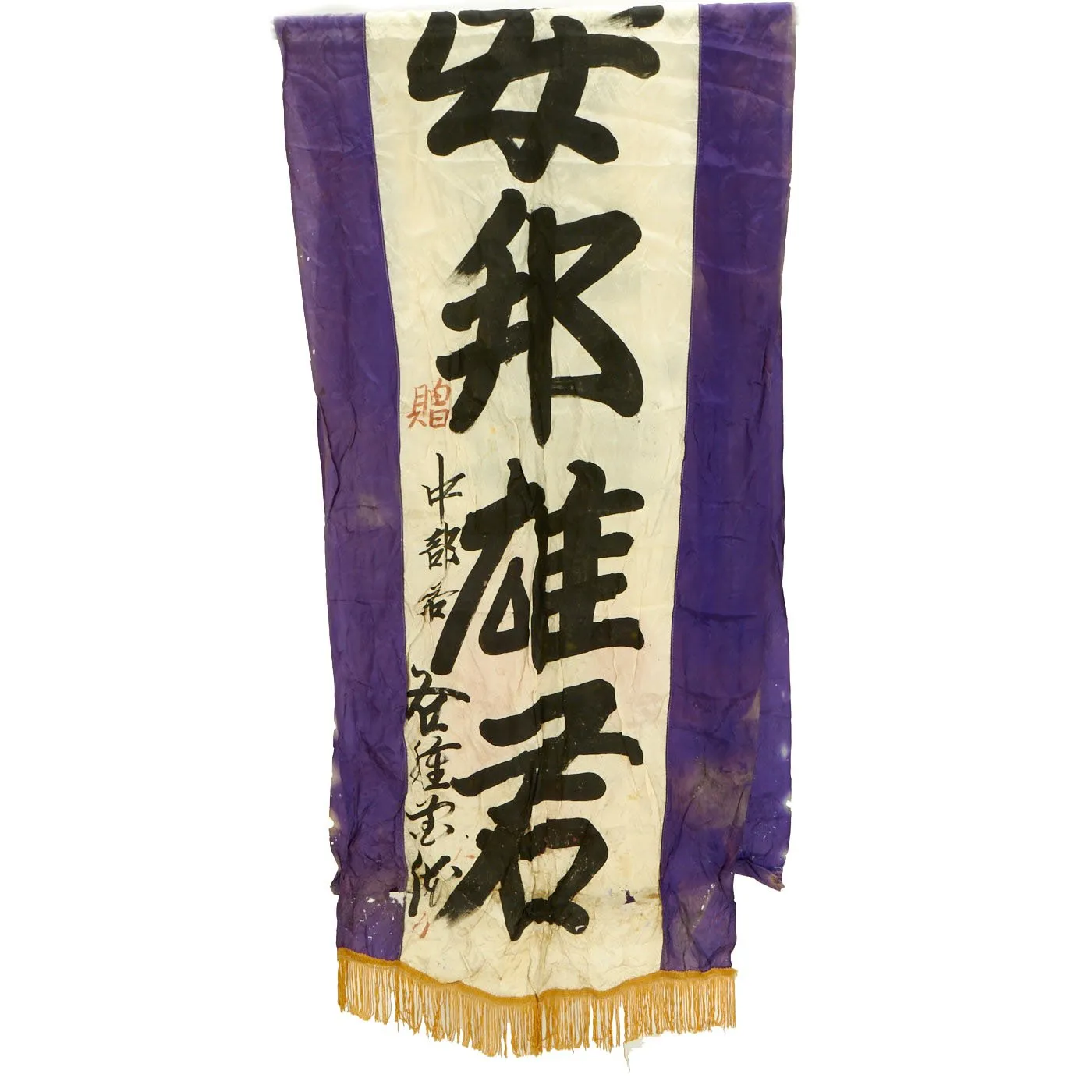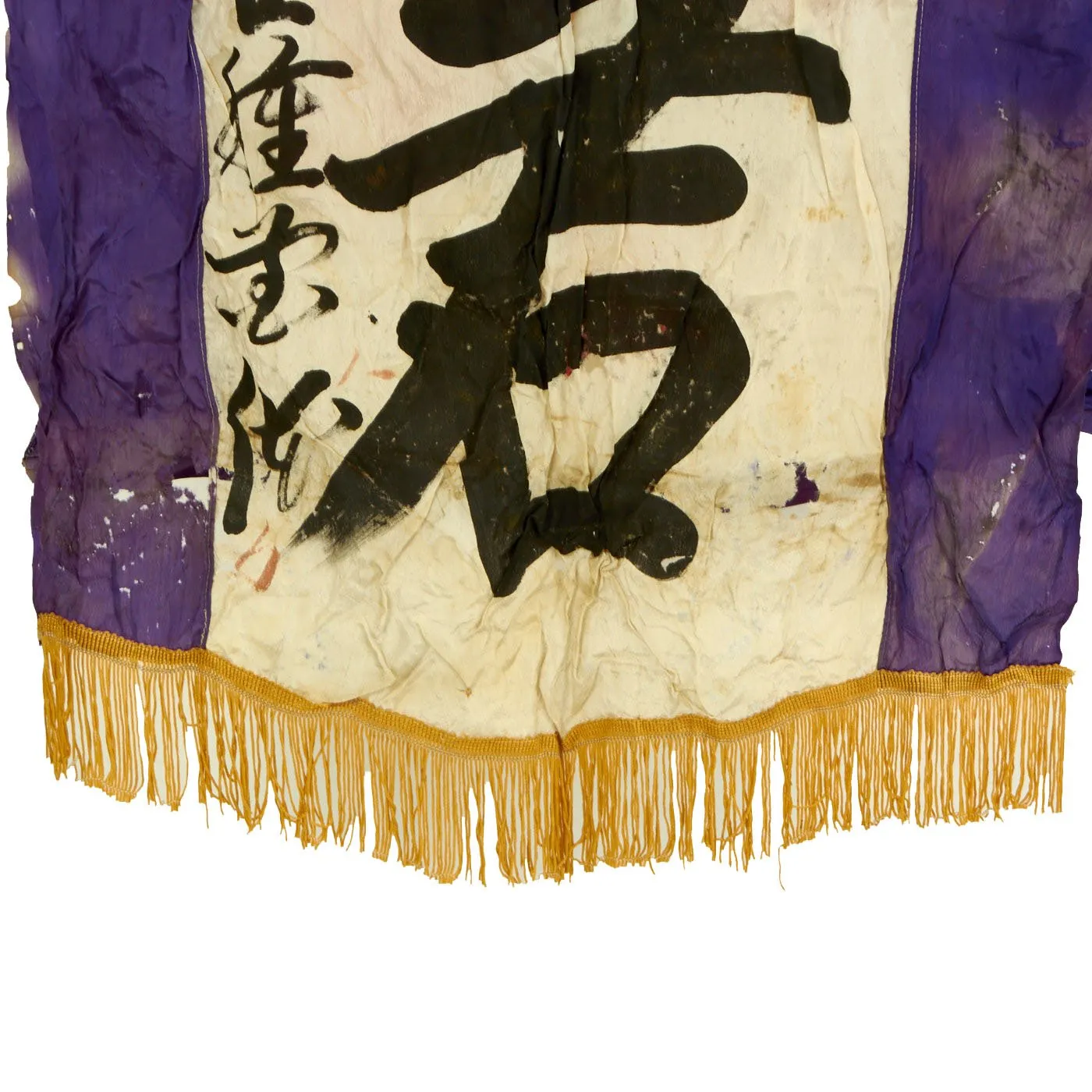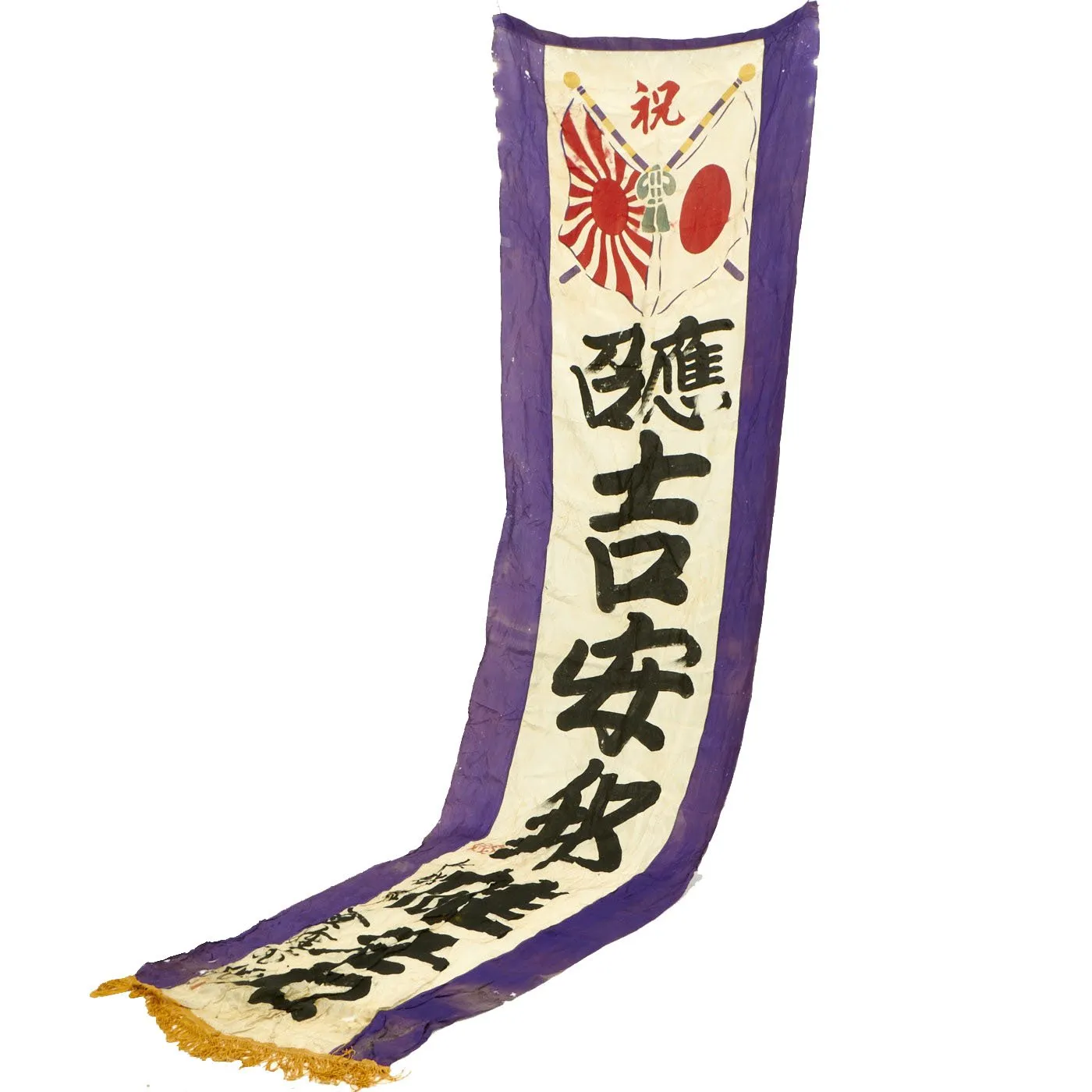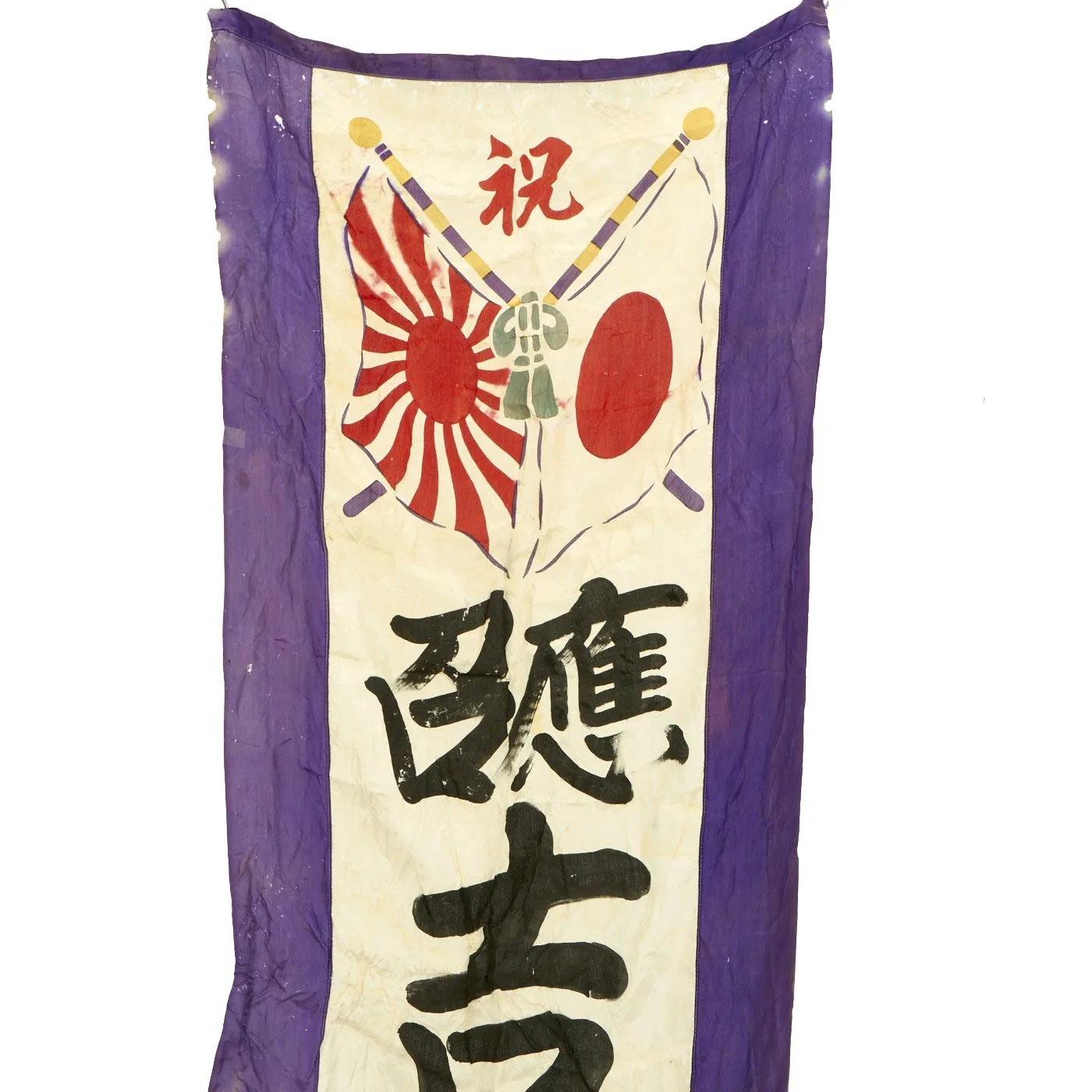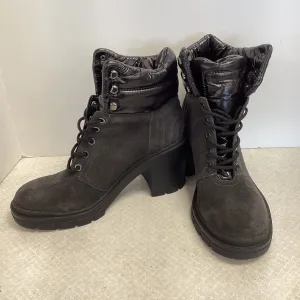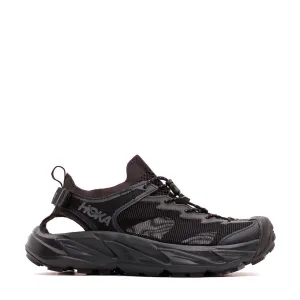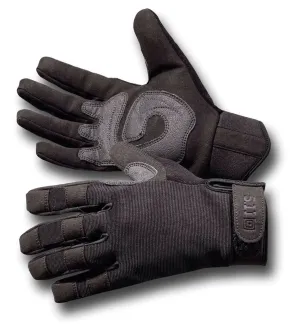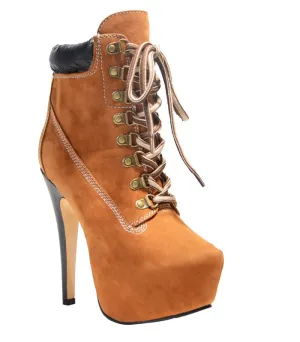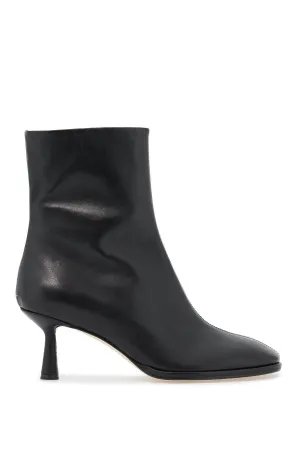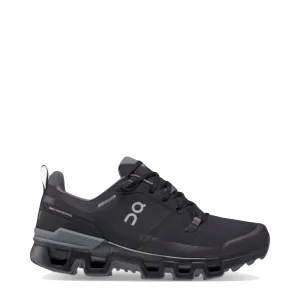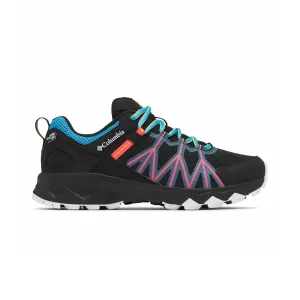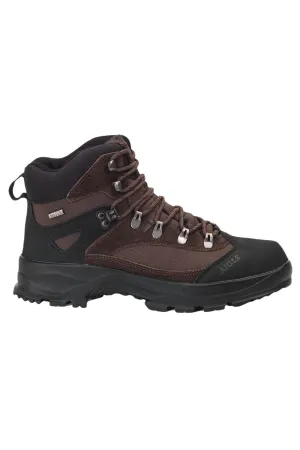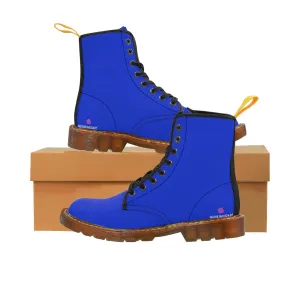Original Item: One of a Kind. Lot of Original War Trophies sent home by American GI, Millard E. Hadel, who served with “A” Battery, 205th Field Artillery Battalion, which was part of the 41st Infantry Division. The Battalion fought at Biak, New Guinea in 1944, and the Philippines in 1945.
The lot includes a repurposed Japanese Ammunition Box used to mail items home, a late war Type 90 Imperial Japanese Army Helmet with “last ditch” style liner, chinstraps, and original net, a large patriotic “Off to War” Banner, a Senninbari “1,000 Stitch” Belt, a small Japanese “Meatball” National Flag with Imperial Japanese Navy stamps, Japanese Army Issue Goggles with Leather Case, Issue Folded Canvas Belt, Oiler from the Rear Pouch of a Japanese Rifleman’s Accoutrement Set, a very well-worn pair of US Army Cap Toe Boots, a period Japanese-English Dictionary, and finally an Infantry Journal publication; “How the Jap Army Fights”.
A Majority of the lot is housed in a repurposed Japanese Ammunition Box, which was used to send some of the items home. The lid of the box is addressed for mailing home. Return address is listed: FROM Millard E. Hadel / A-BATRY. 205.F.A.BN / APO.41.℅.P.M. / San Fransisco, CA, the shipping address listed is as follows: To Mrs. Lydia B. Hadel / Marriotsville / Maryland. The reverse of the box has inscribed May be opened for insp./ value less than $50.00. The crate most likely contained Hotchkiss-style machine gun ammunition strips for a Type 97 Heavy Machine Gun. The rope handles were removed for shipping, but the original closure latches remain.
The Imperial Japanese Army Model Type 90 Combat Helmet is a phenomenal example of the late issue Type 90’s produced. These were made before production switched to the very “last ditch” helmets which are often confused as Civil Defense Helmets. This particular helmet is crudely made, and most likely dates from late 1944 to early 1945. The liner is made of a simplified cloth/artificial leather combination, which was intended to conserve leather for the materials-starved Japanese Empire. The helmet is fitted with the star emblem of the IJA, and is fitted with an original net. The net exhibits a bluish cast, which is from the oxidation of the dye mordants over the last several decades. No date stamps are present within the lining of the helmet, which, for a very late production Type 90, is not uncommon.
Included are an issue pair of Japanese Army Issue Goggles with Carry Case. These were commonly issued to IJA Cavalry, Vehicle Drivers and Tank (Armor) Personnel. The goggles are in excellent condition for their age, exhibiting some expected corrosion around the painted steel lens frames, and some slight staining to the cloth body. Surprisingly, the elastic strap still retains elasticity. The issue leather case remains supple.
Personal items included are a November, 1942 Infantry Journal publication entitled How the Japs Fight, and a period (circa 1930s) Captured Japanese-Printed Sanseido’s New Concise Japanese-English Dictionary. The later is in poor condition, with the leatherette binding broken in numerous places, and the spine split. An Oil Bottle, as standard issue with the rear large ammunition box issued to all Japanese Infantryman is included. The bottle exterior shows corrosion, and trace elements of its original black ordnance paint. A mid-late war waist belt is also included. The belt features folded canvas construction with a painted (albeit corroded) buckle, with leather keeper.
A Senninbari (千人針 thousand-person-stitches) or One-thousand stitch Belt is also included with this grouping of war trophies. This Senninbari is a strip of cloth that measures approximately 6 ⅛ high and 48 inches in length. Each end of the belt (sash) may or may not have strings, snaps or buttons that allow it to be fastened about the waist. This particular example has cotton strings. Senninbari were decorated with 1000 knots or stitches, and each stitch was normally made by a different woman, and represented a prayer for the soldier which was conducted as each knot was made. Senninbari were given as an amulet by women to soldiers on their way to war as a part of the Shinto culture of Imperial Japan.
The Banner included in the grouping is a Large Patriotic “Off to War” Banner with crossed “rising sun” and “meatball” national flags at the top. The silk banner measures 102”x 24”. The National Flag is a small “knapsack” sized flag, often seen tied near the muzzle of Arisaka Type 38 and Type 99 Rifles, in period photographs. The cotton National Flag is stamped with Imperial Japanese Navy Insignia, and measures approximately 12 ¾” x 10 ¾”.
The Boots included with the group are US-Issued Cap Toe Service Boots (as worn with canvas M-1938 Leggings). The boots exhibit heavy wear, with obvious signs of being worn in a very wet, humid, hot environment for some time. No doubt that these are Hadel’s campaign-worn Boots.
Overall, an incredible time capsule of PTO War Trophies suitable for the advanced WWII militaria collection. Groupings like this are getting much harder to find as the years go on. This is a rare opportunity to obtain an untouched assortment of captured Japanese War Trophies, just as they were sent home in 1944-1945!

 Cart(
Cart(